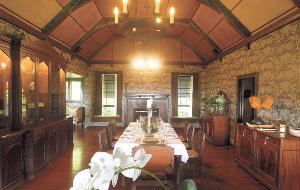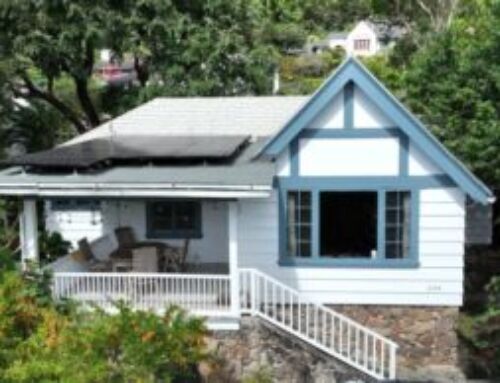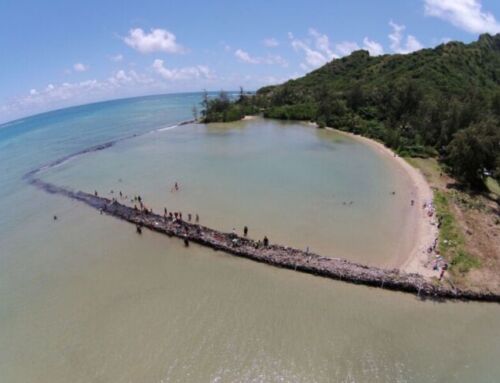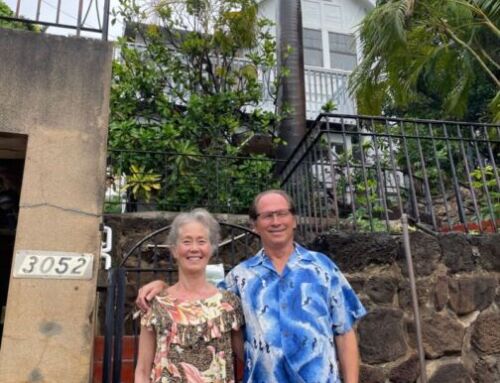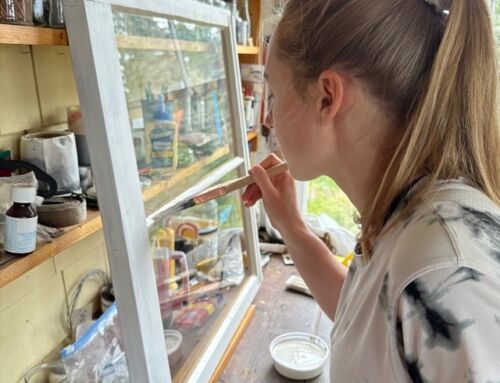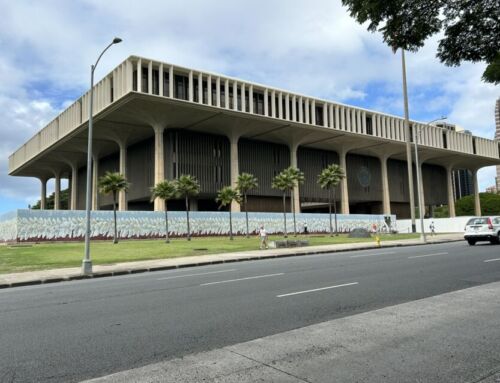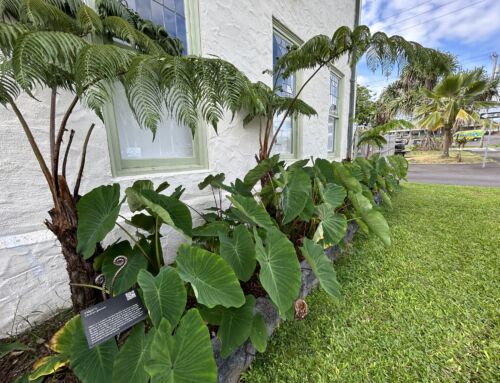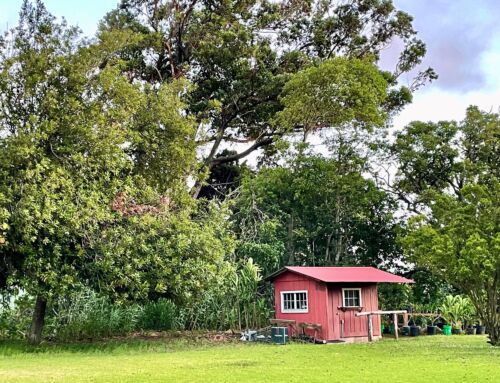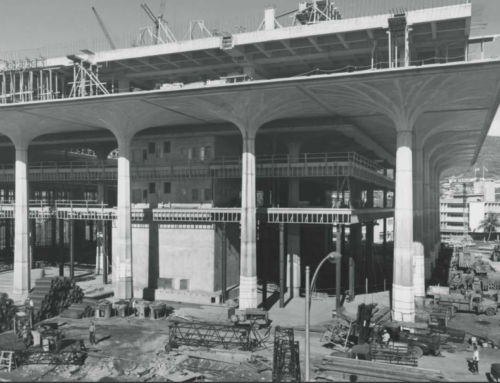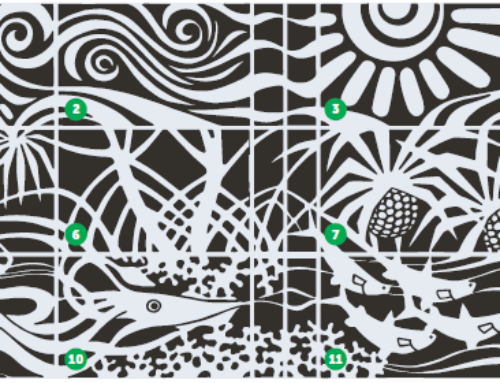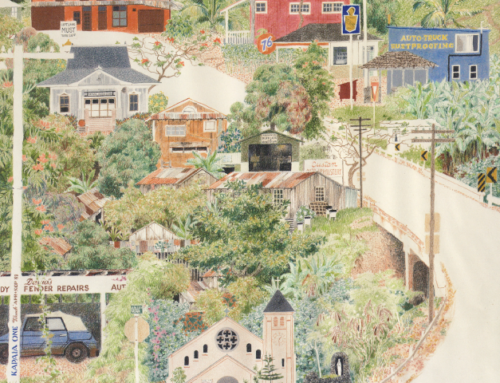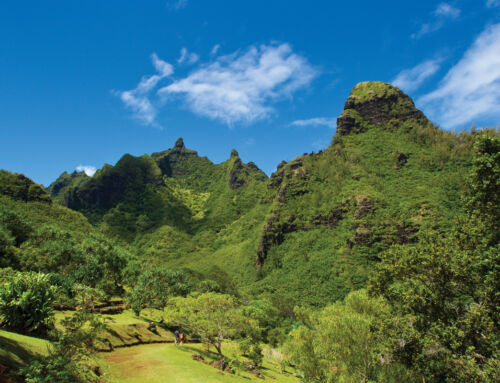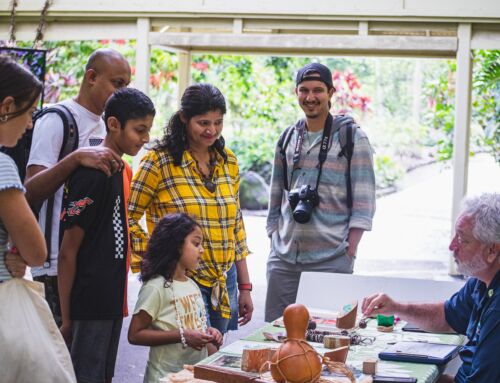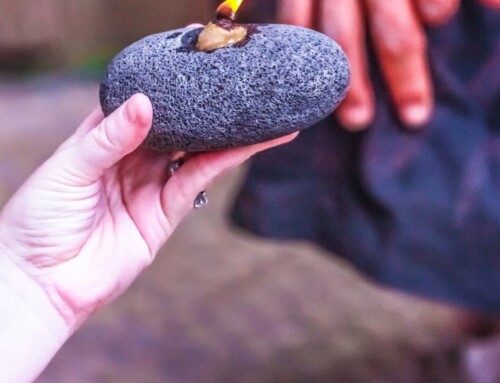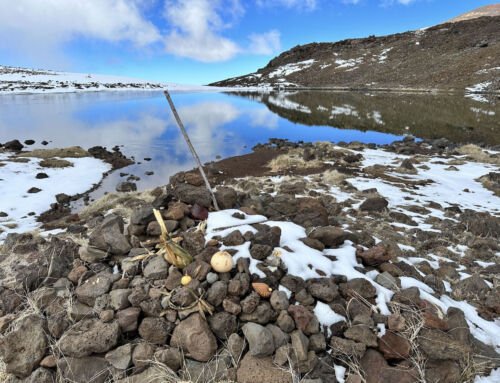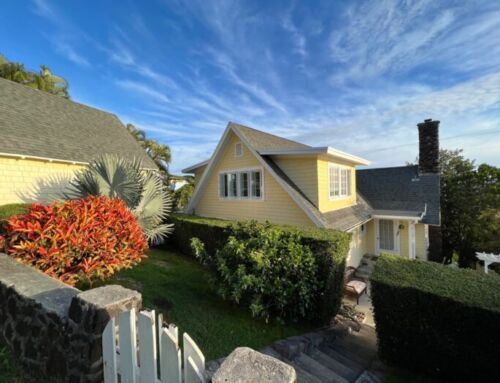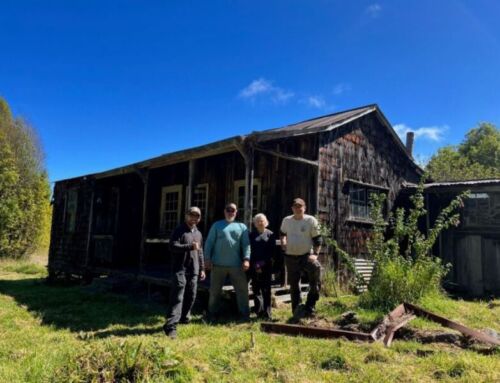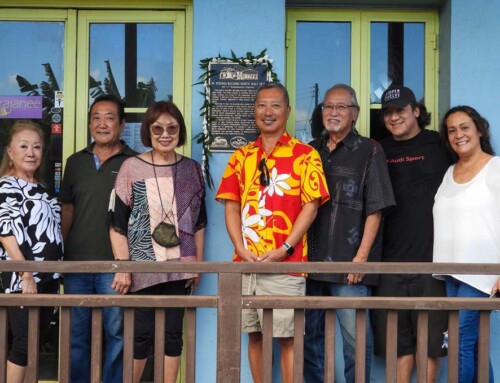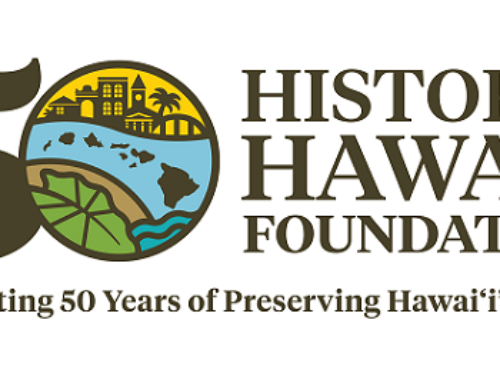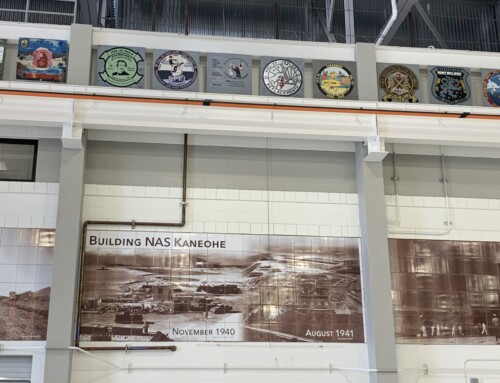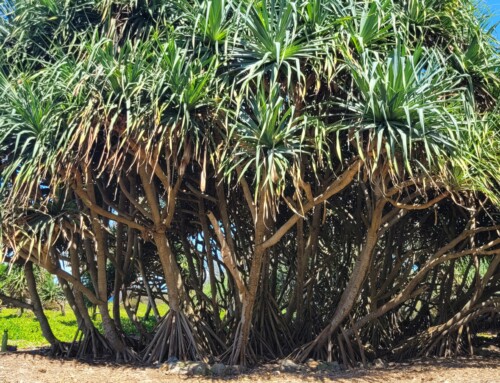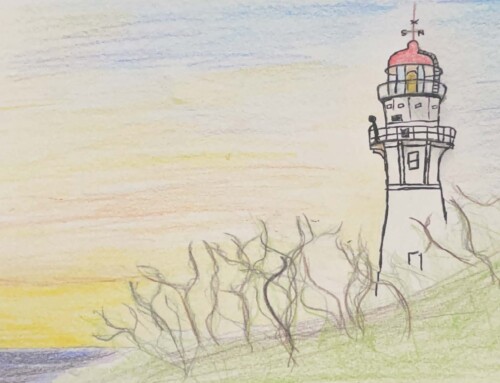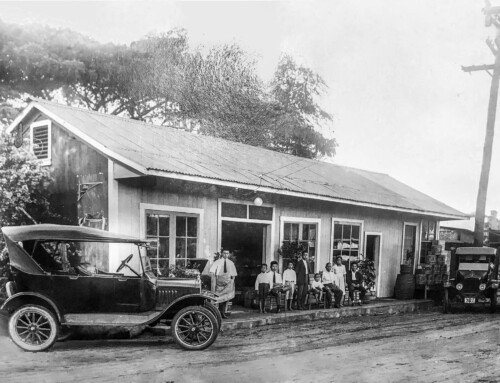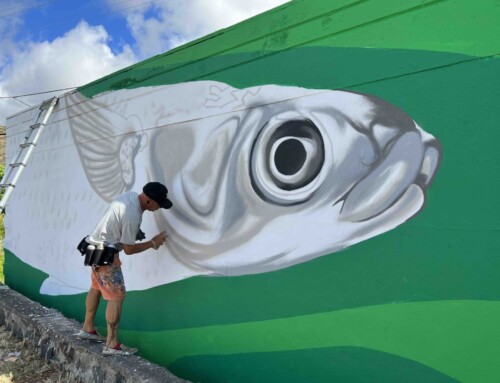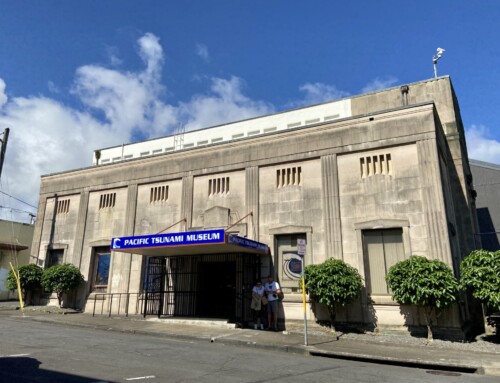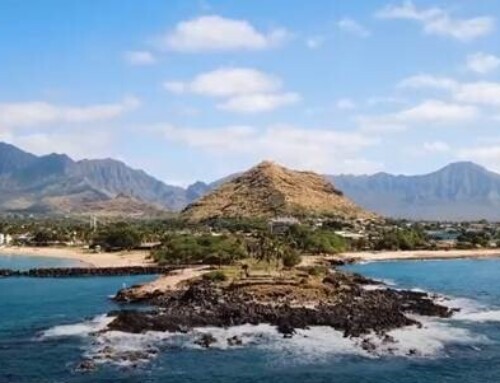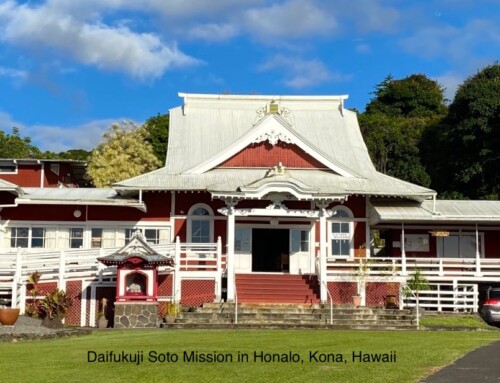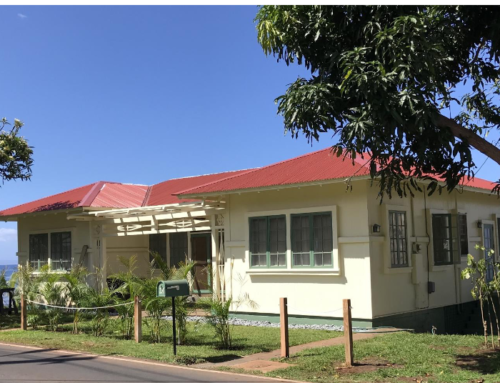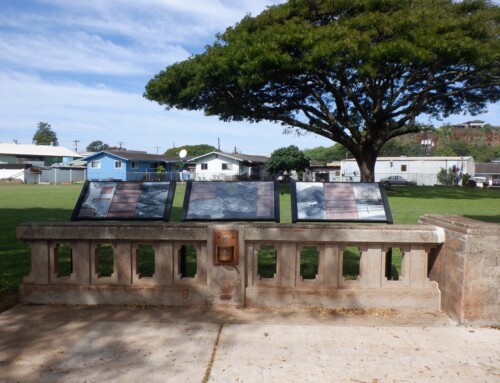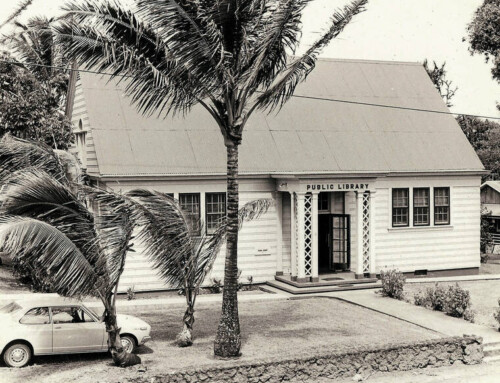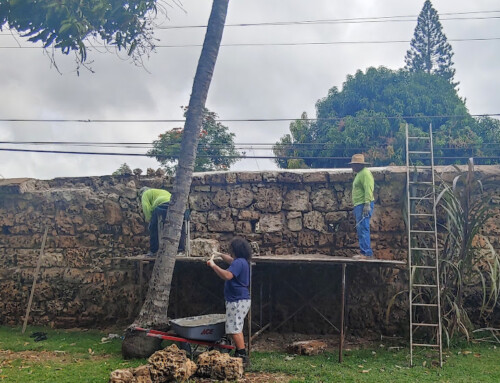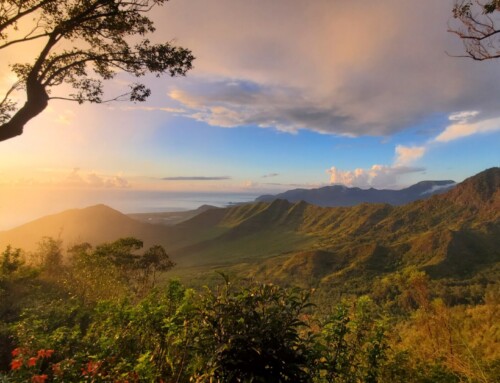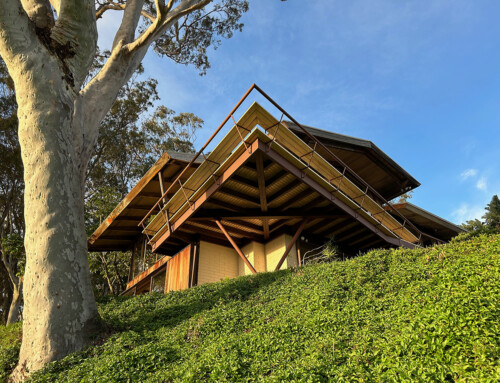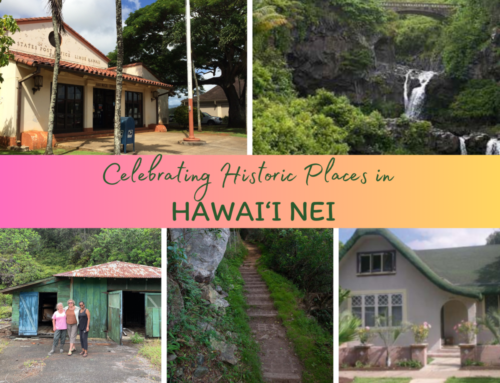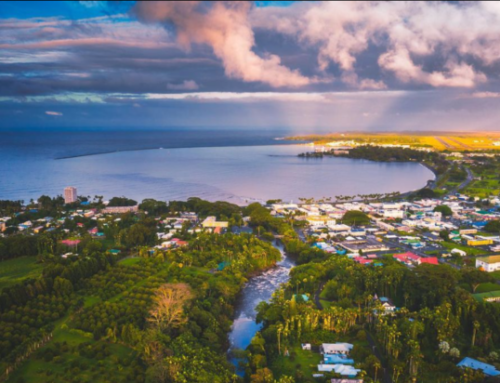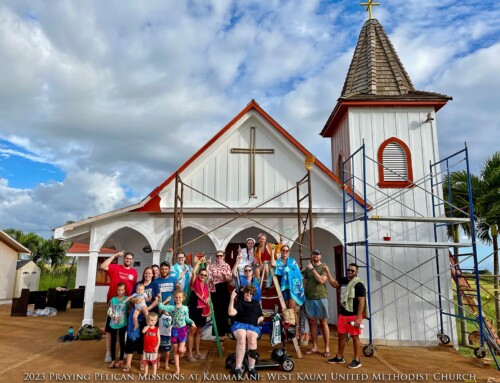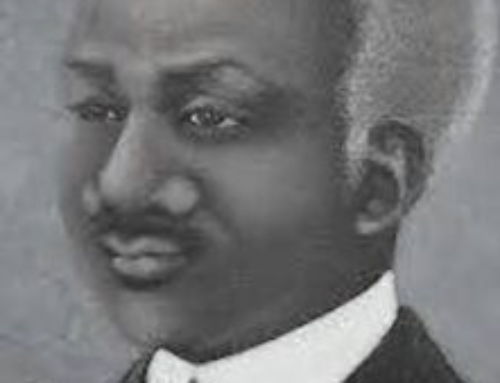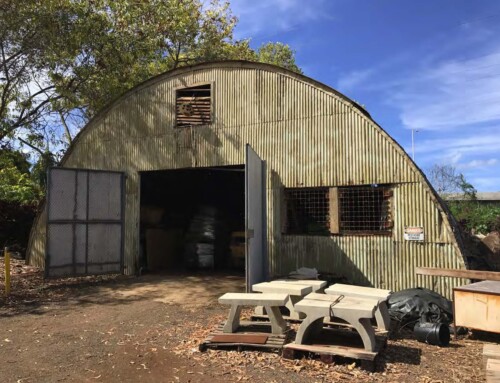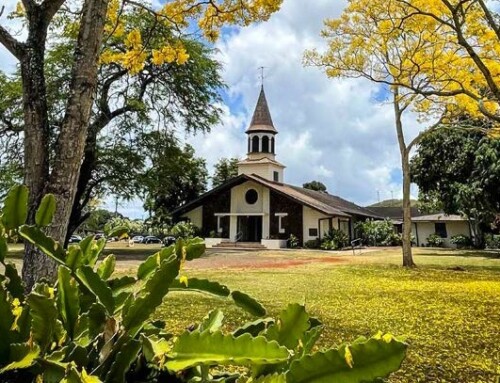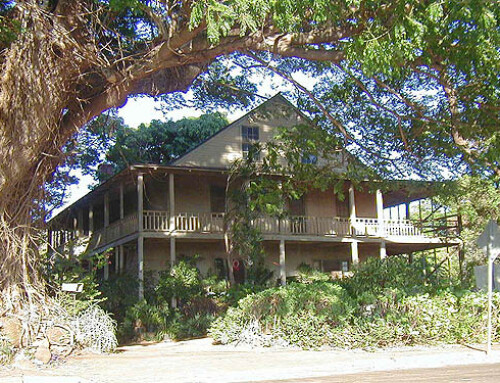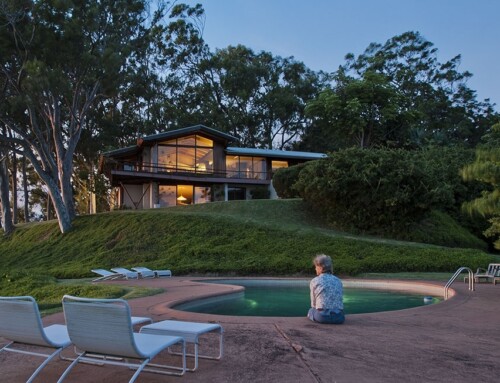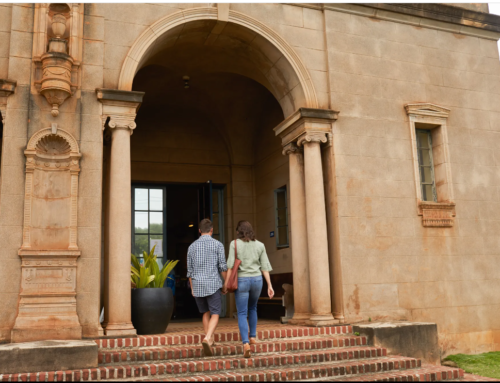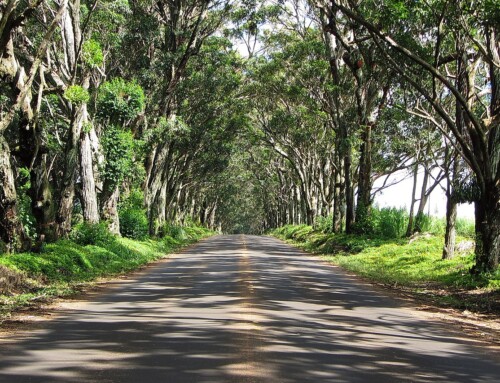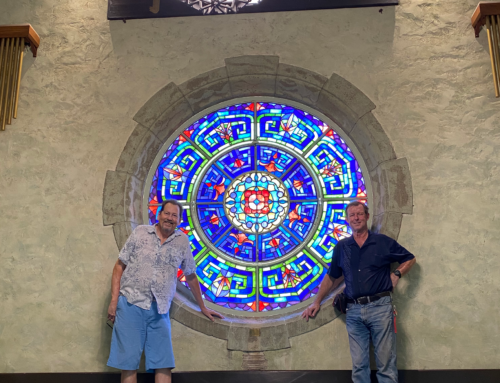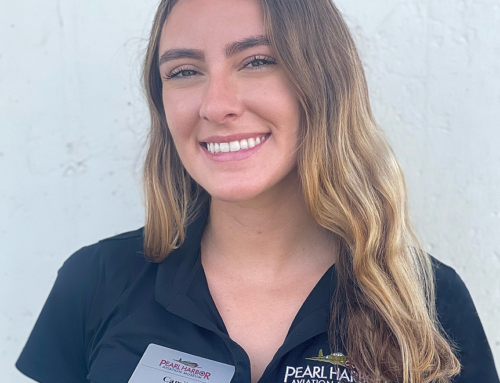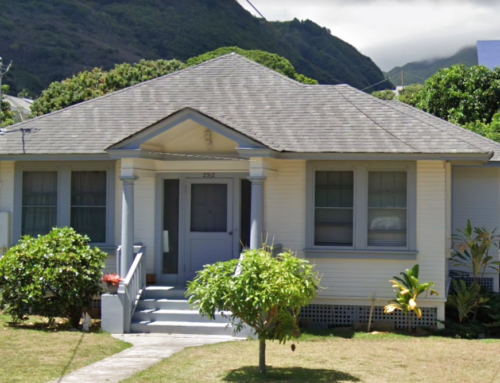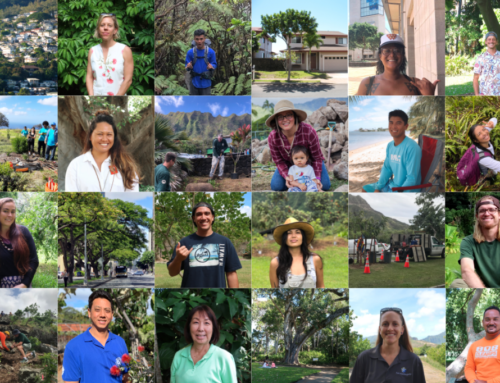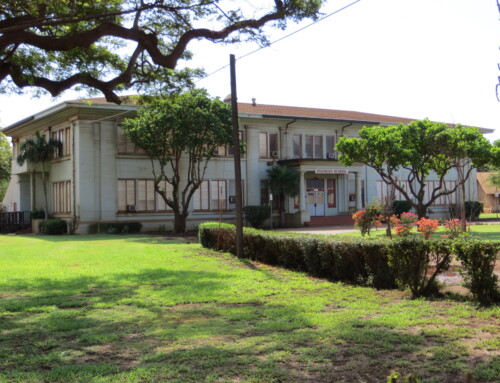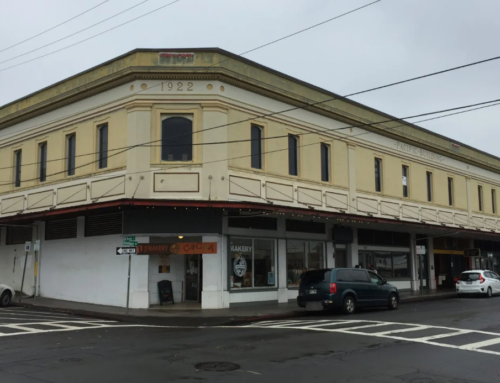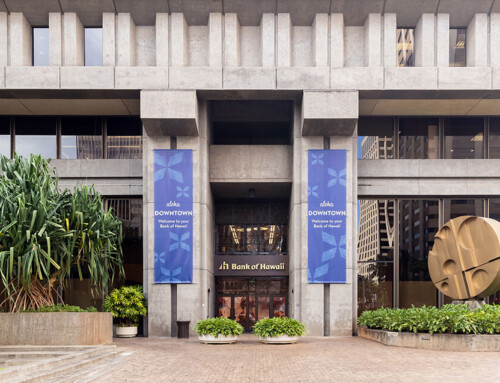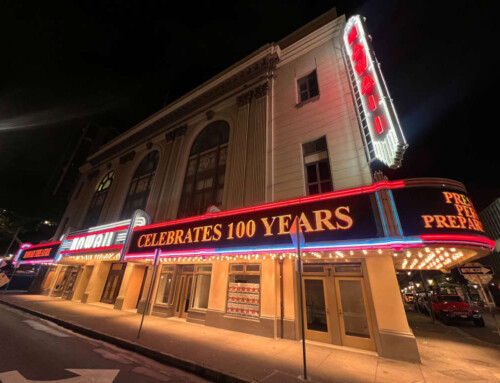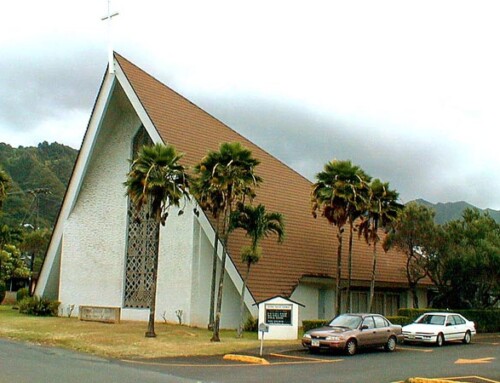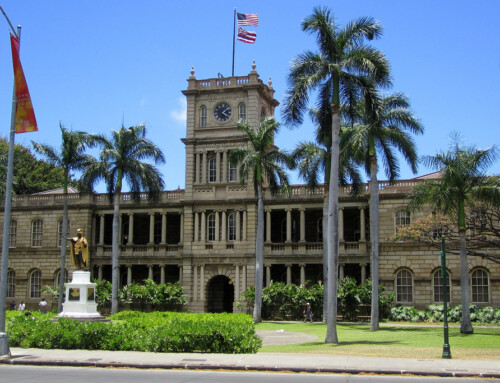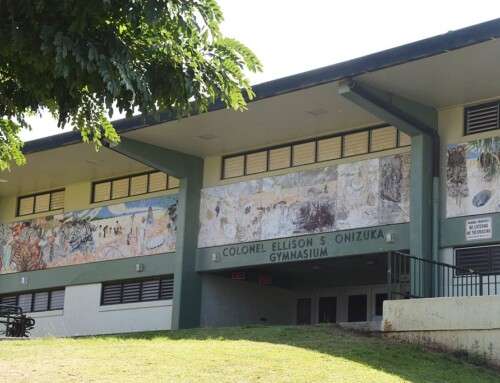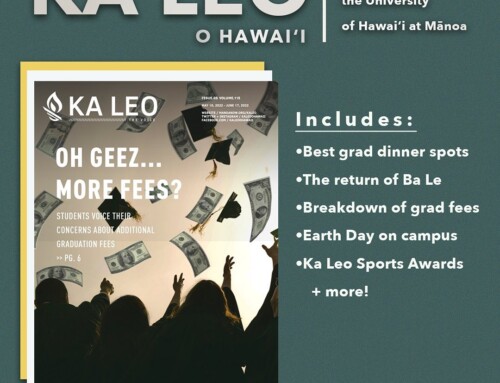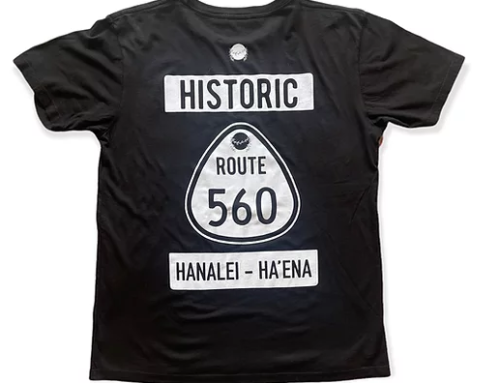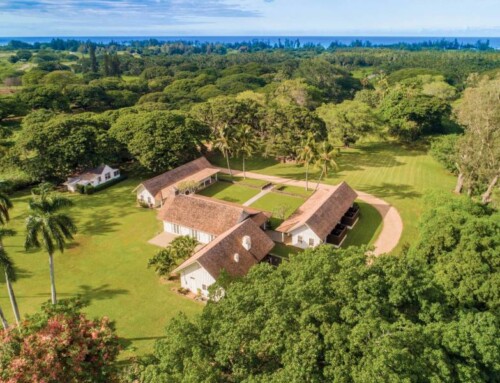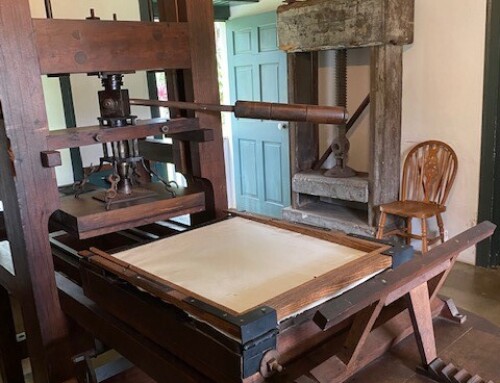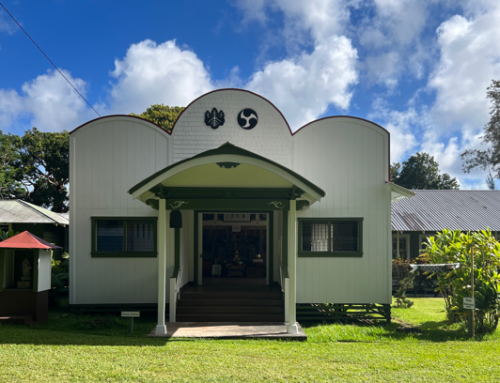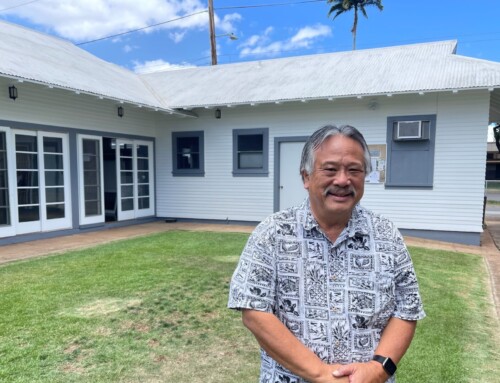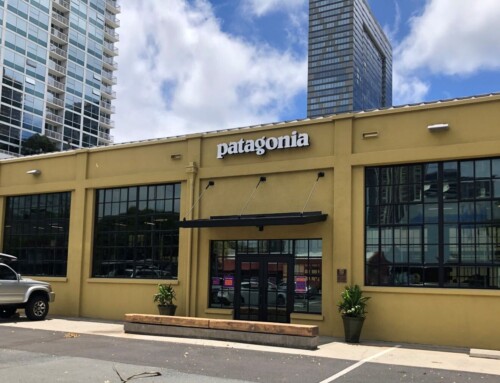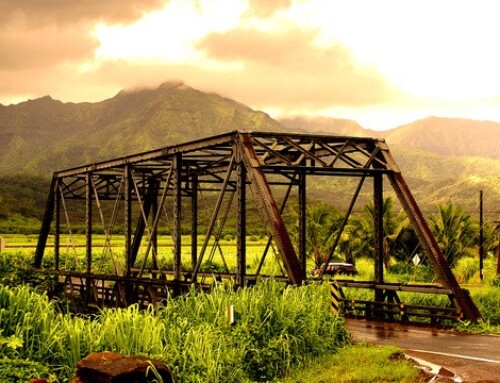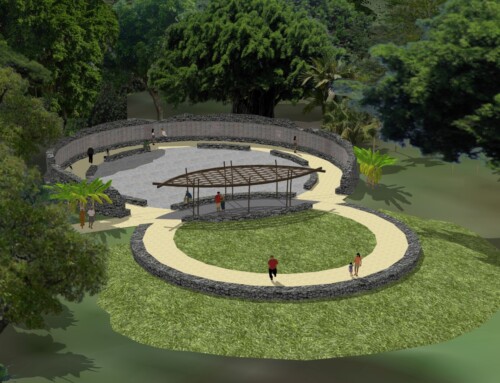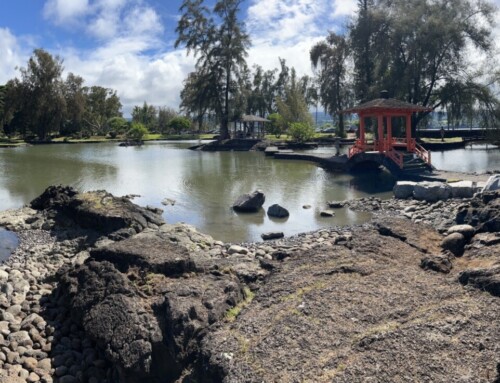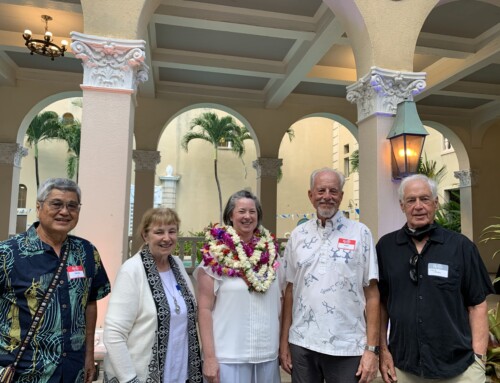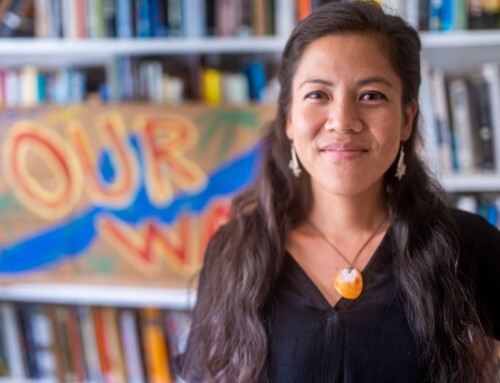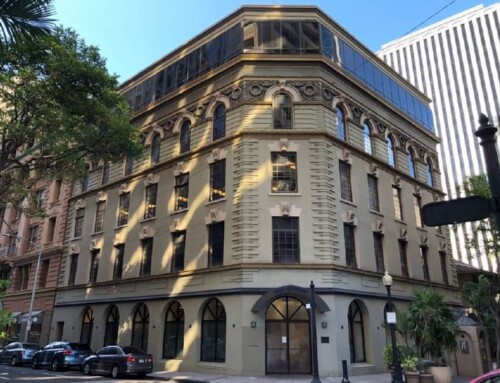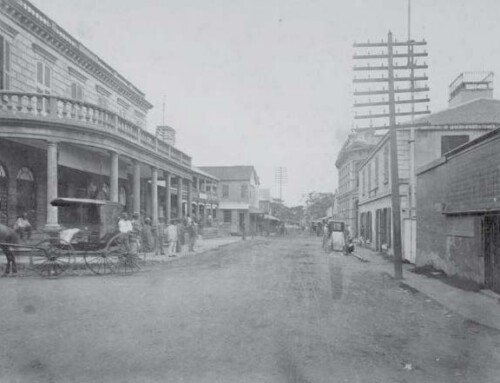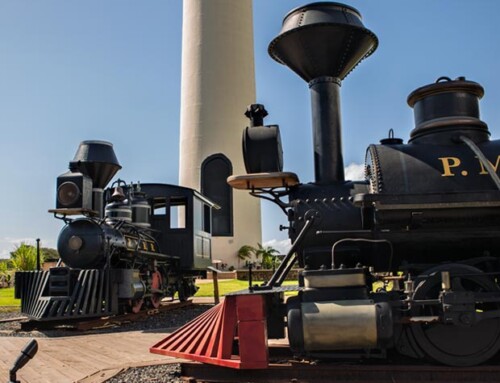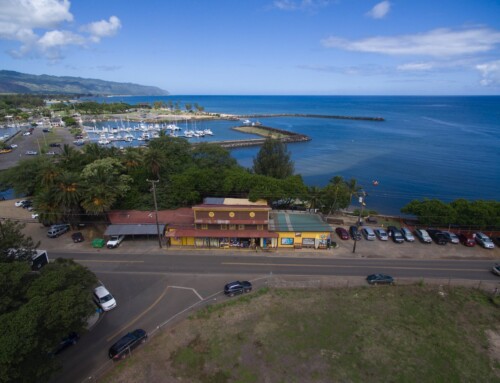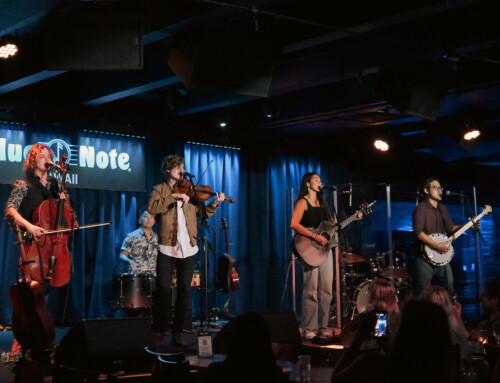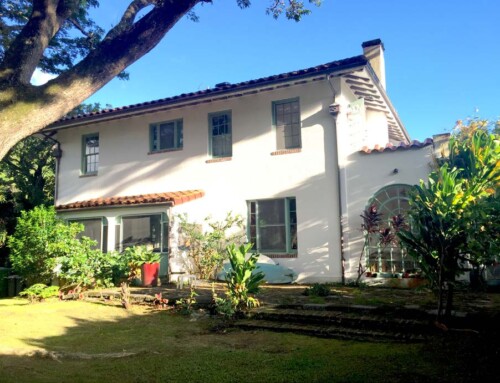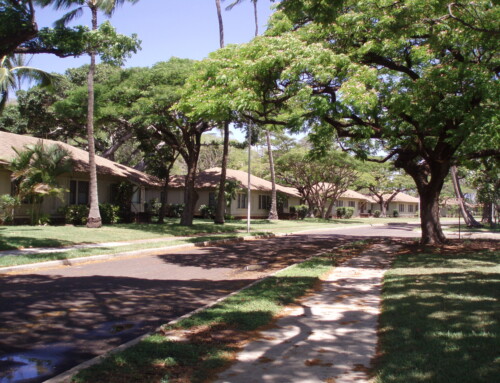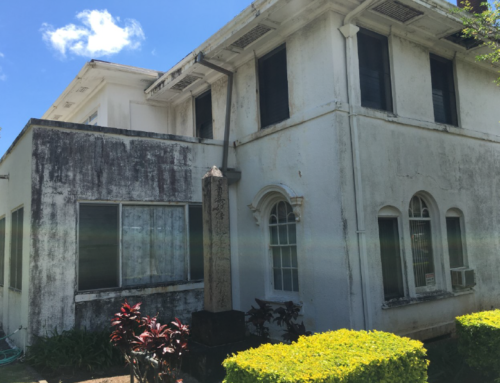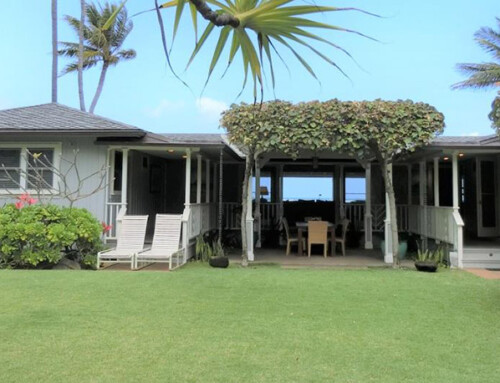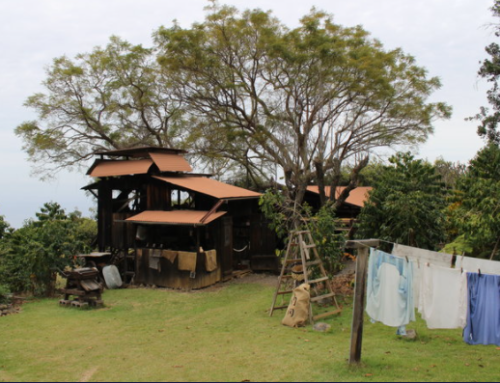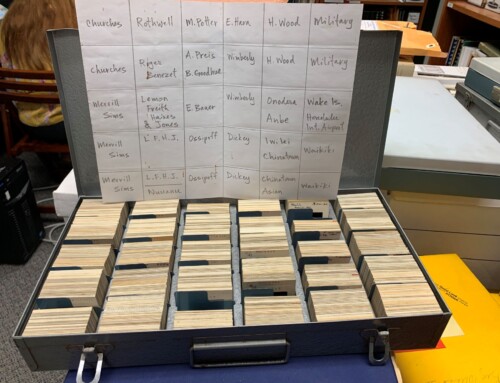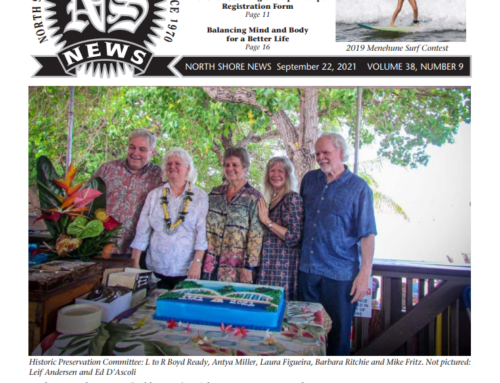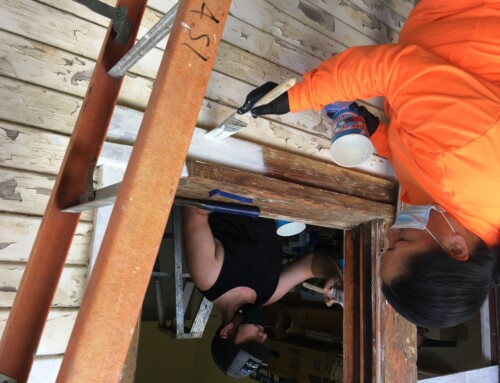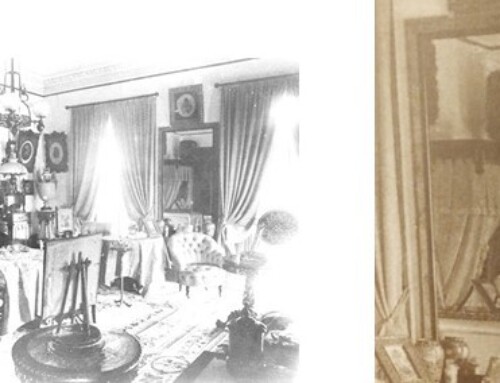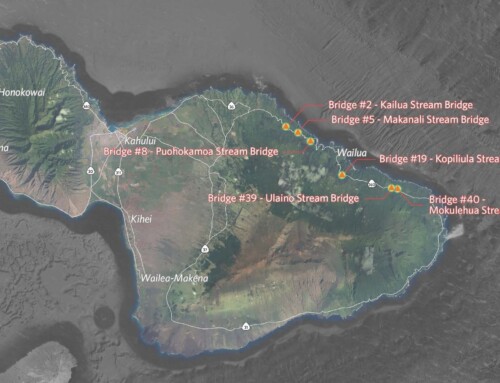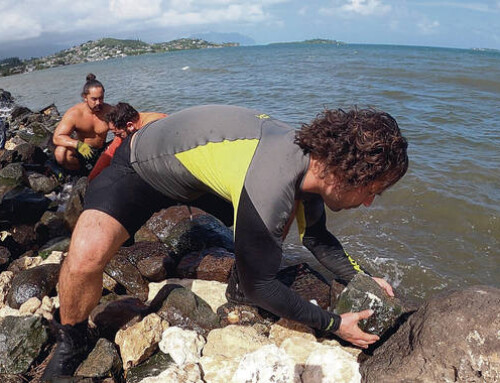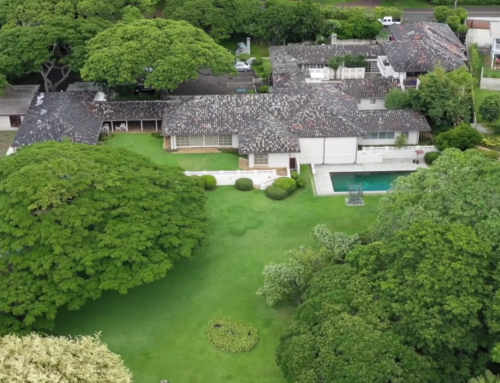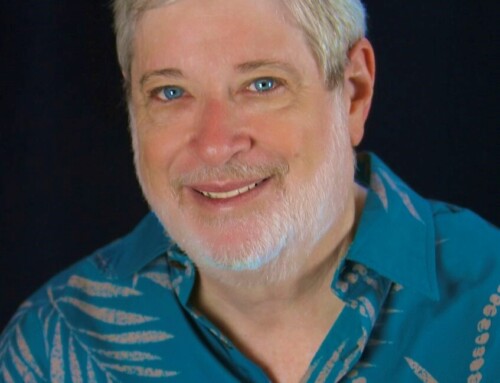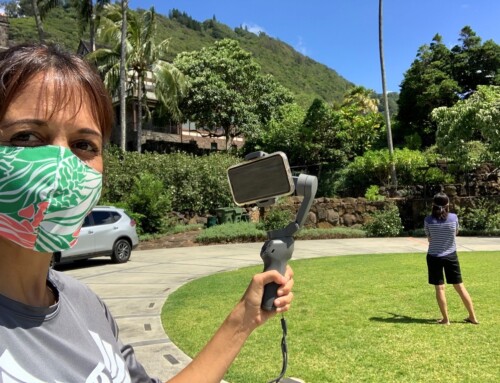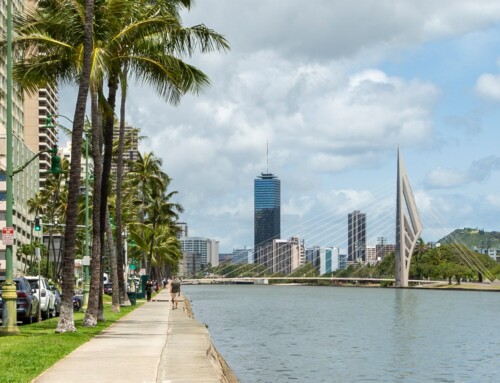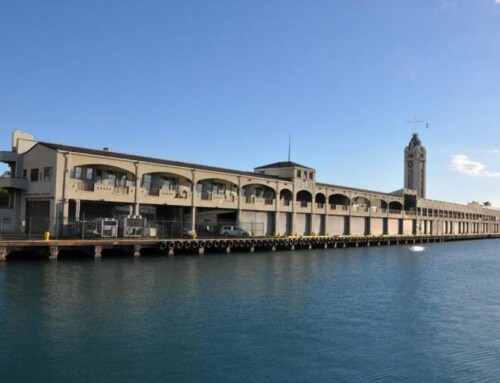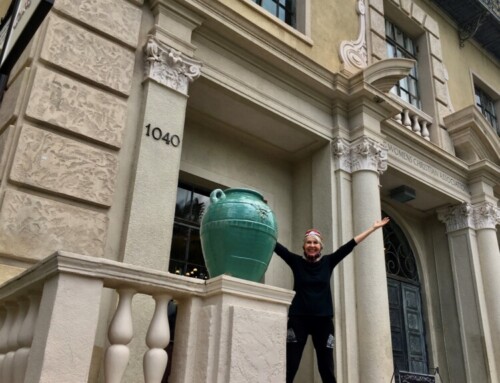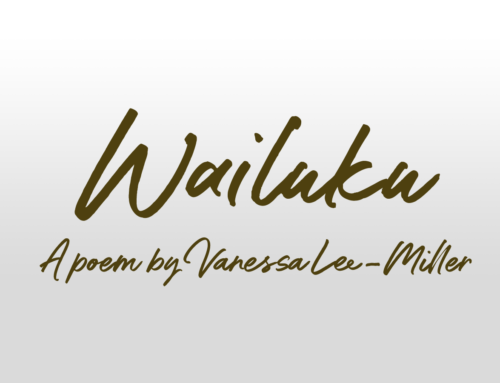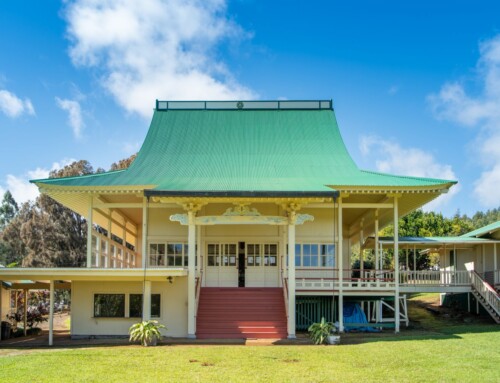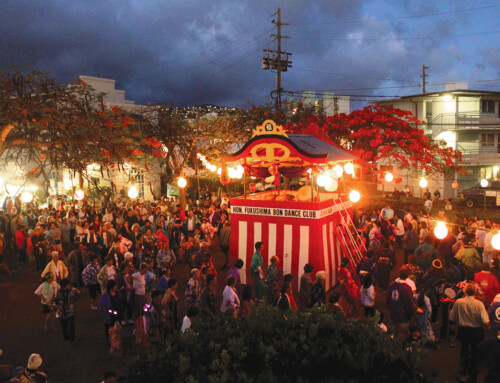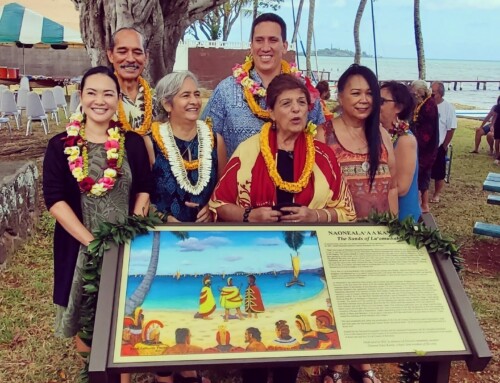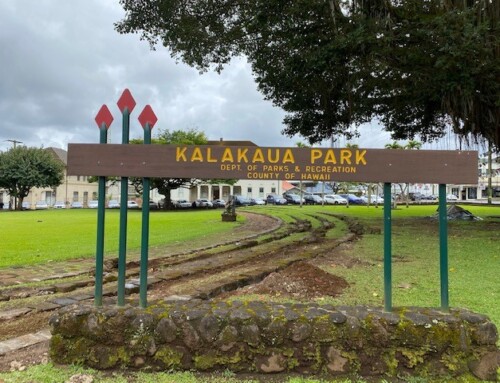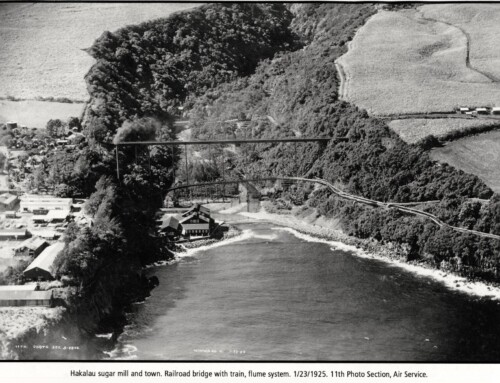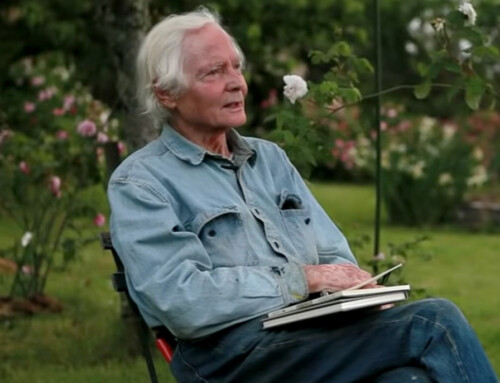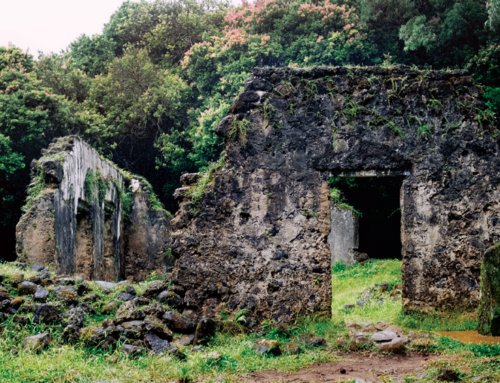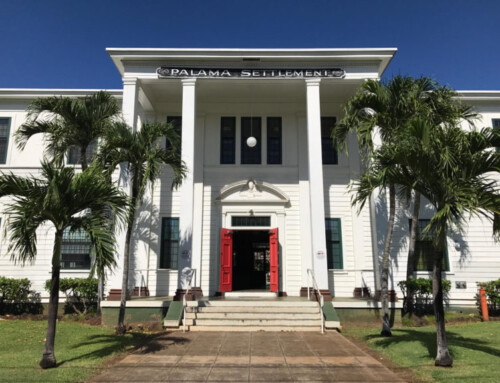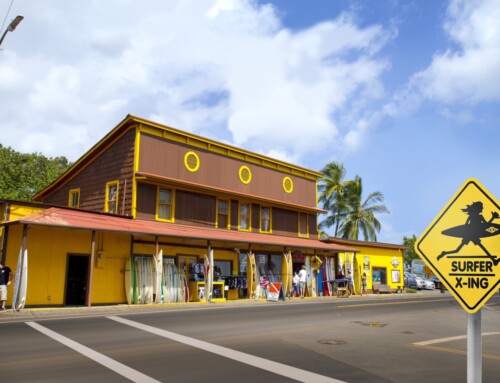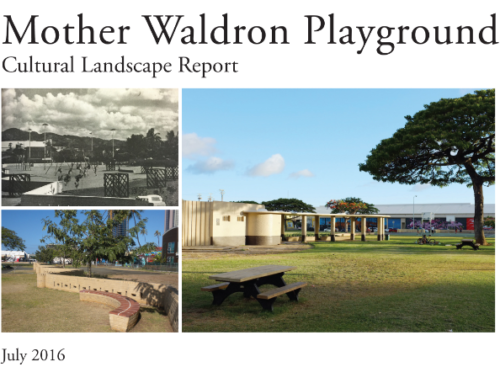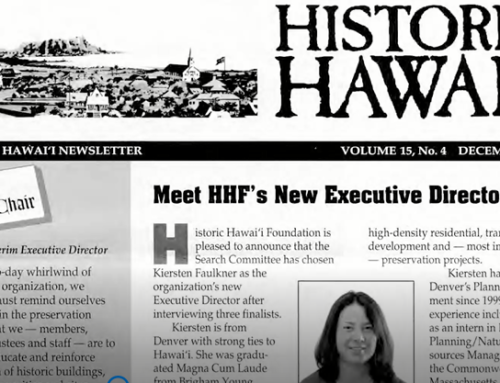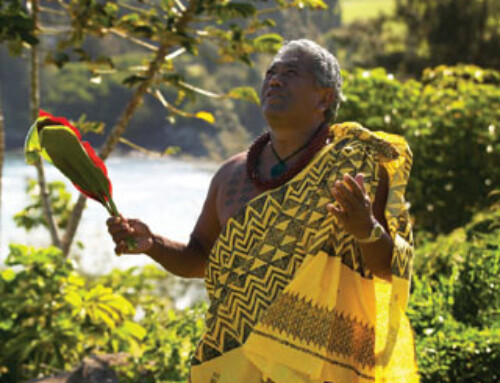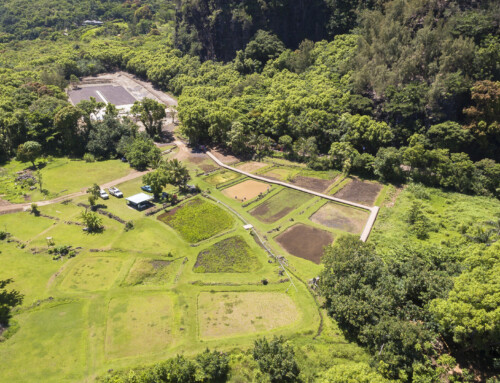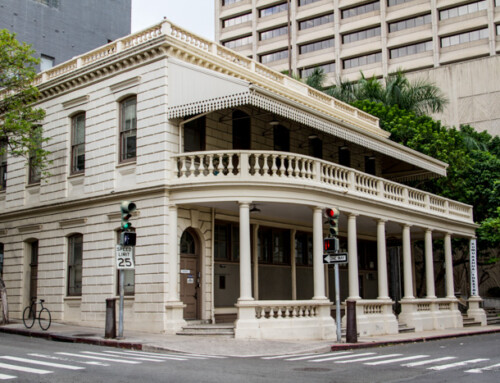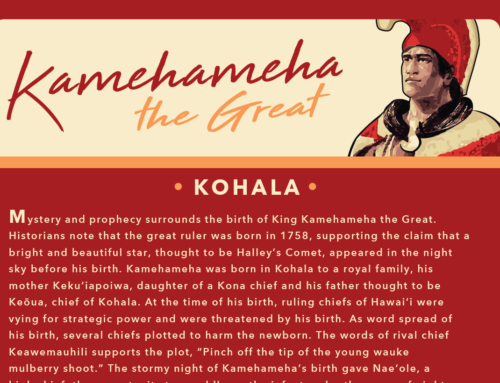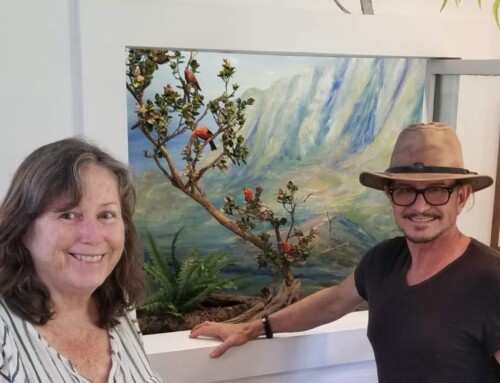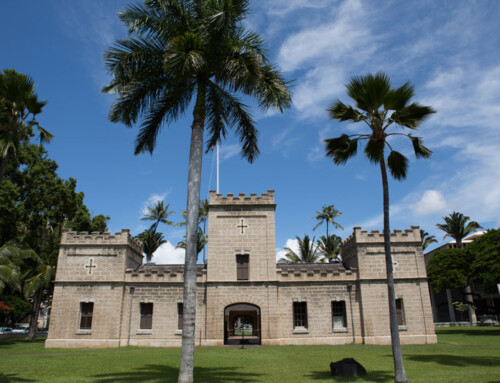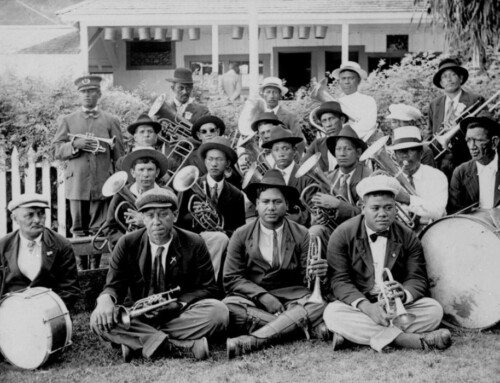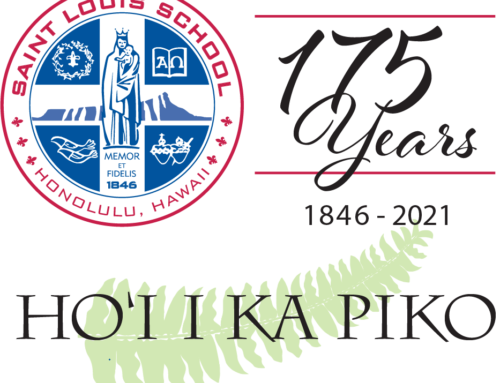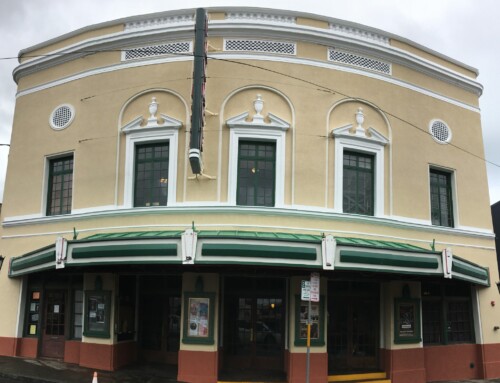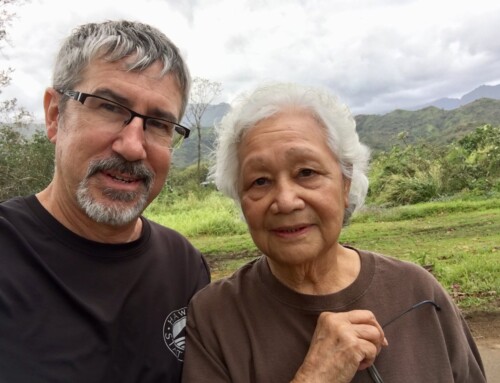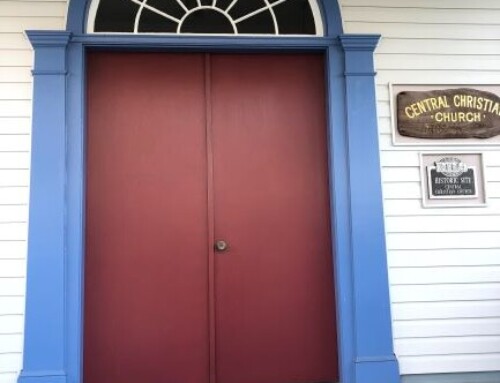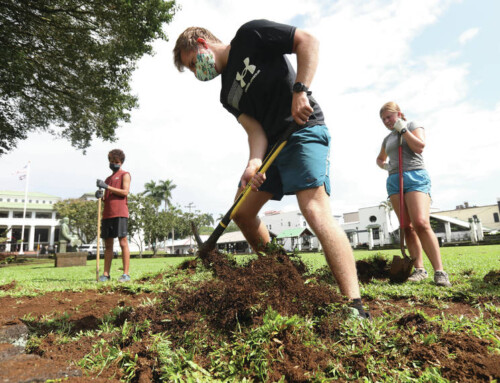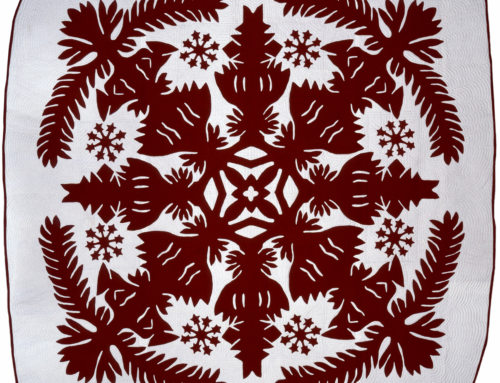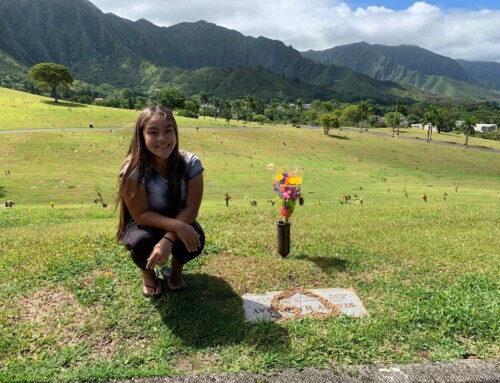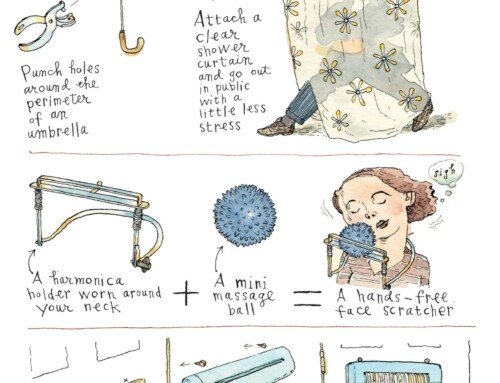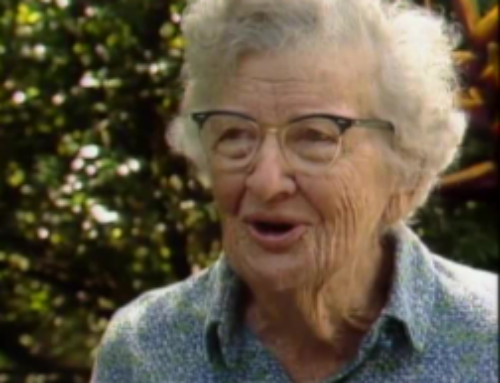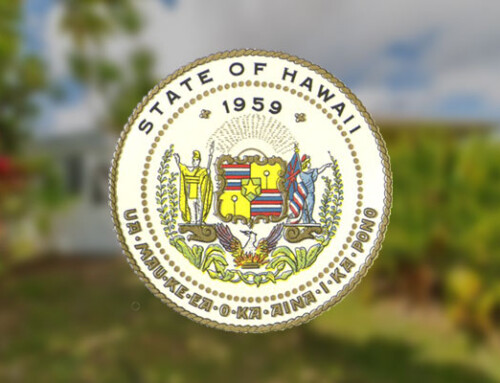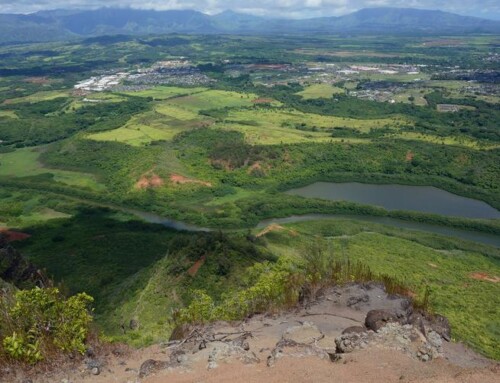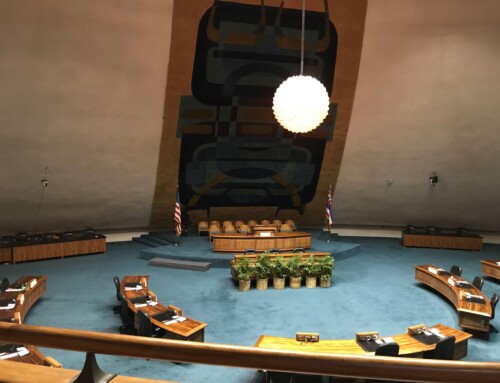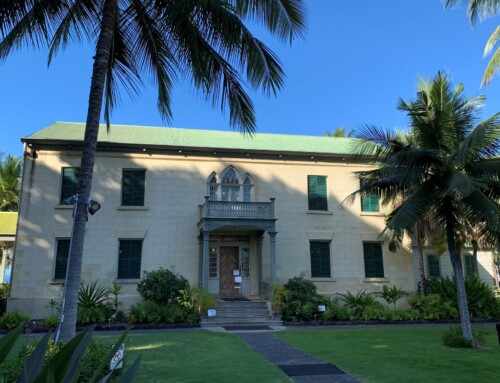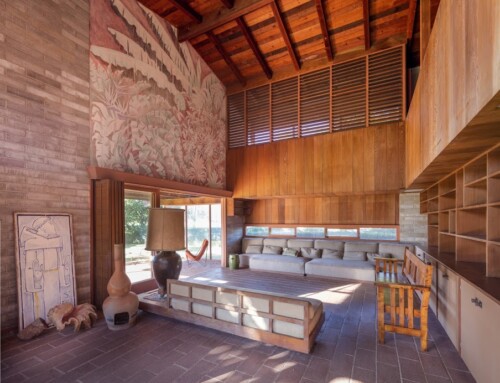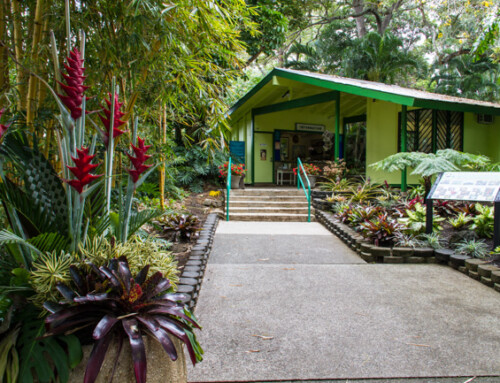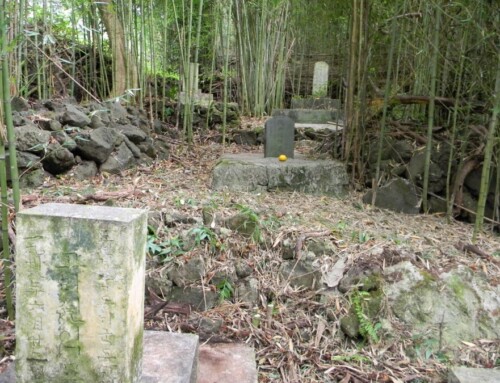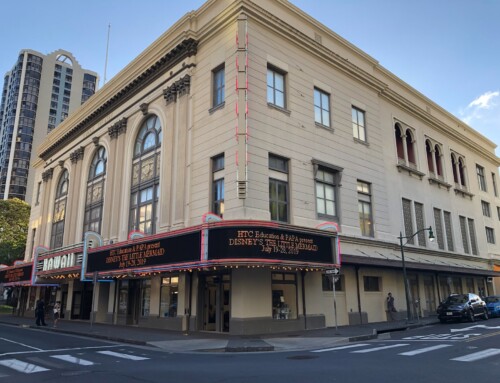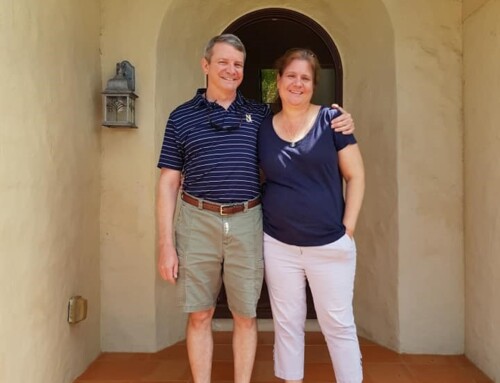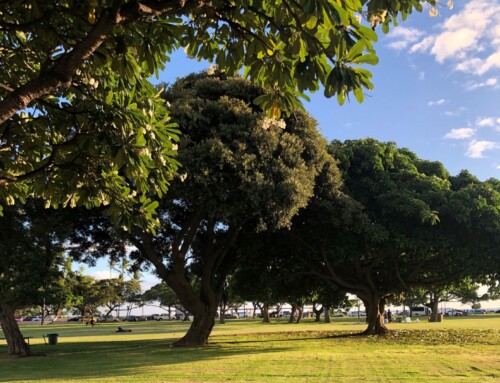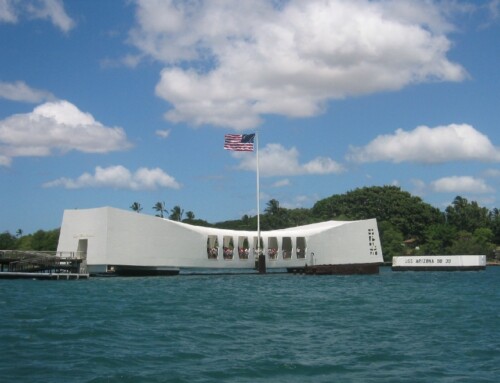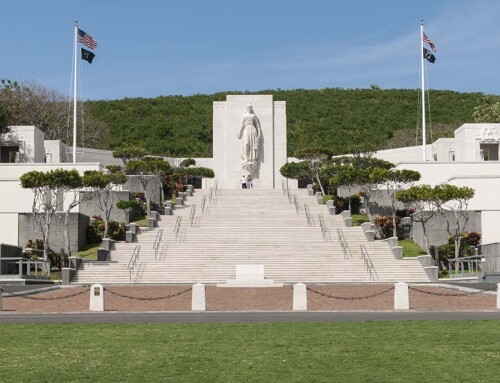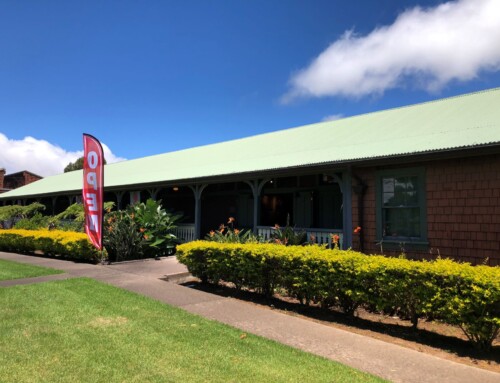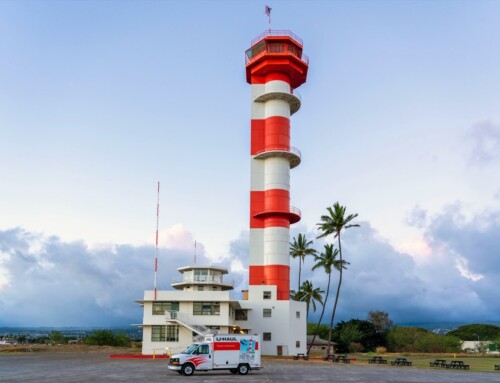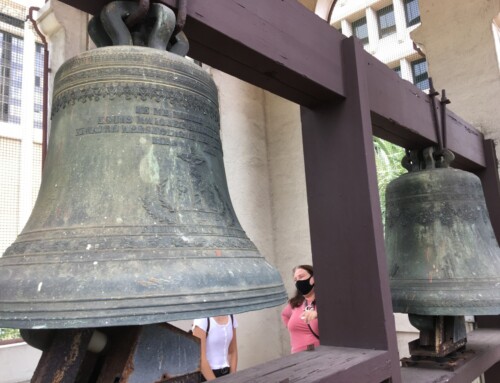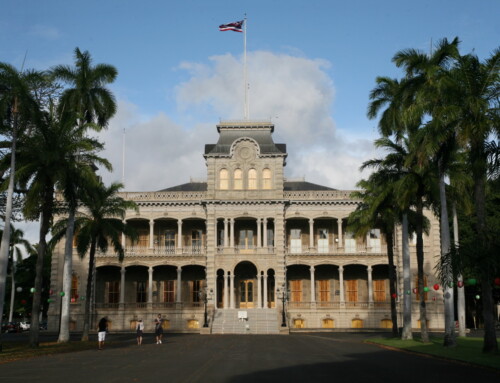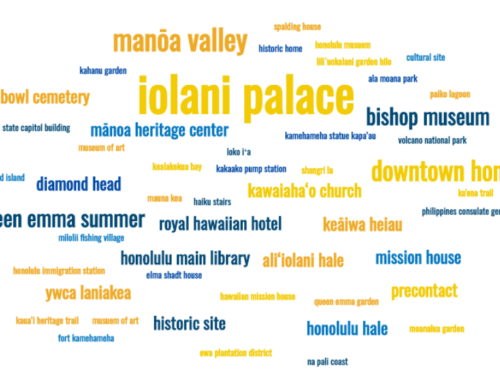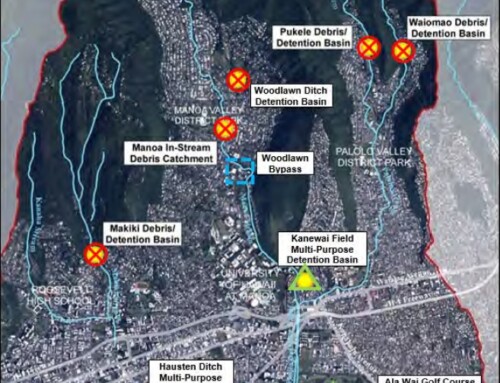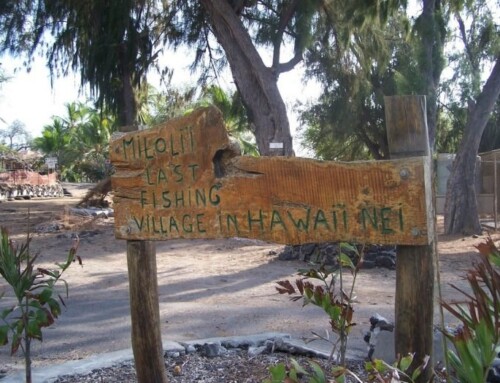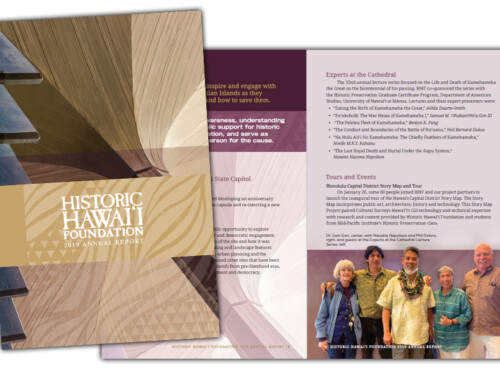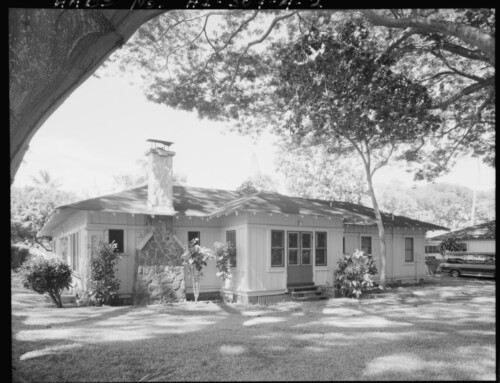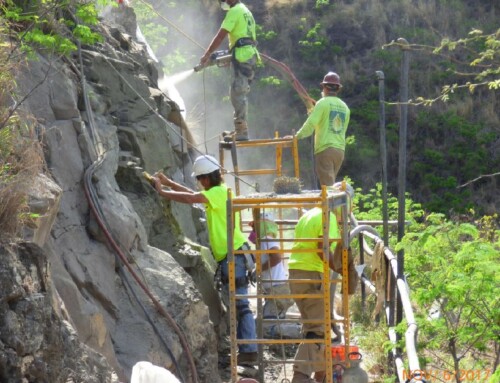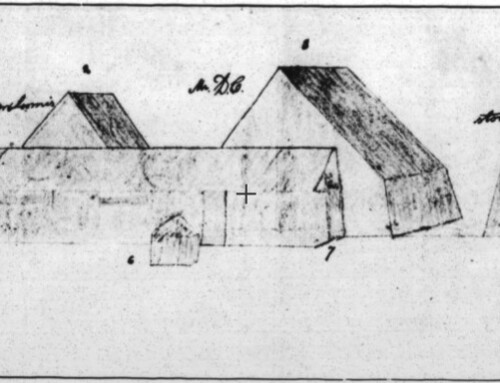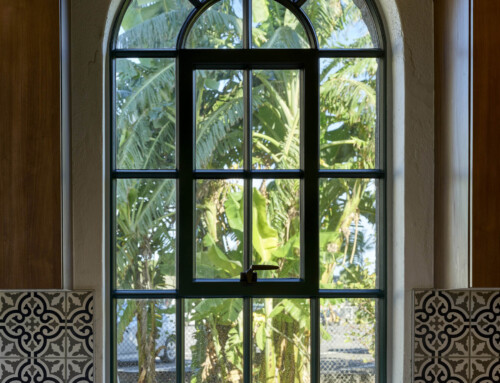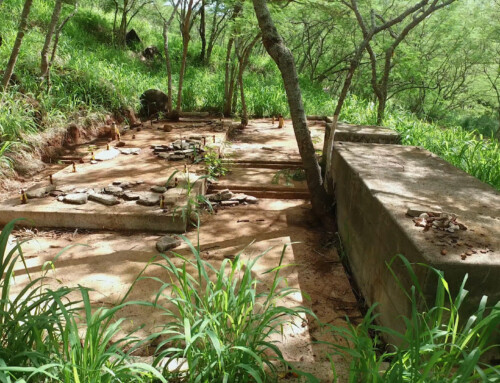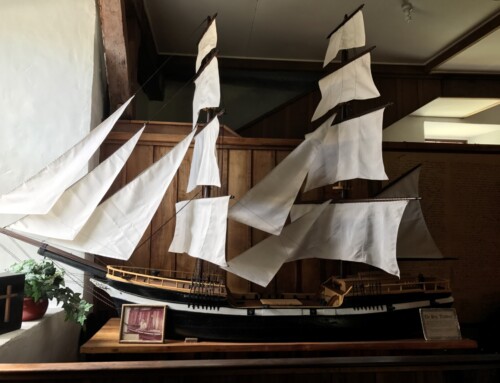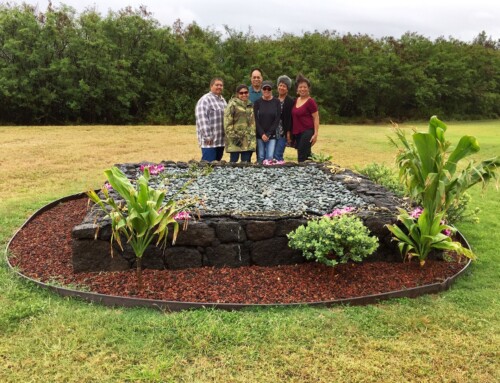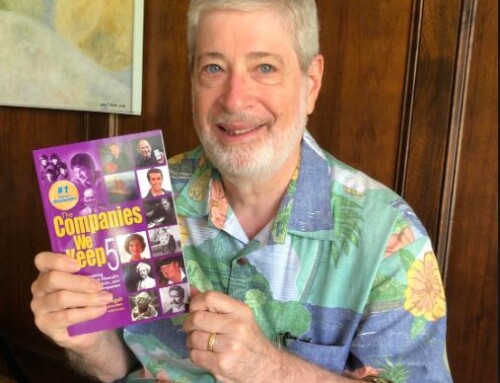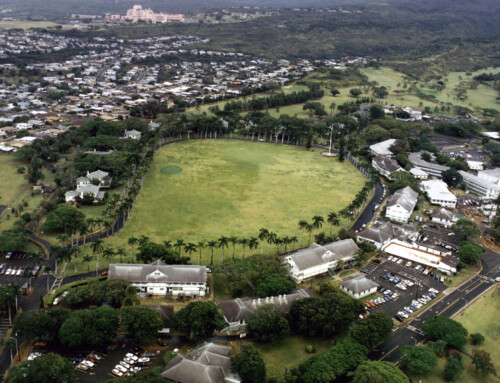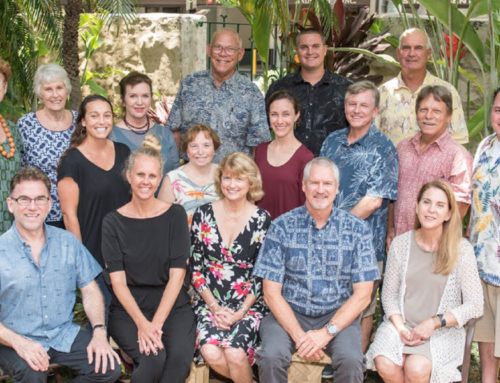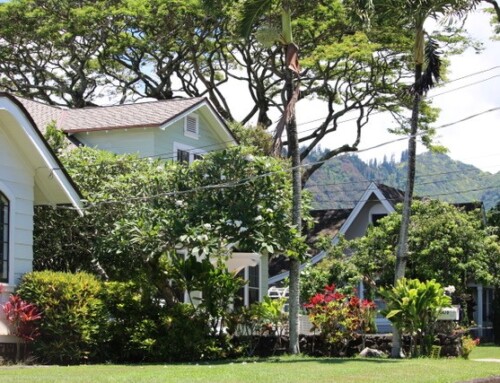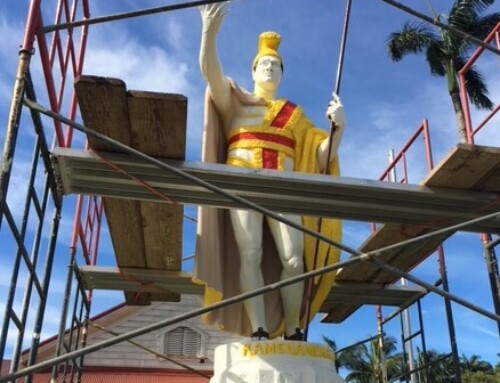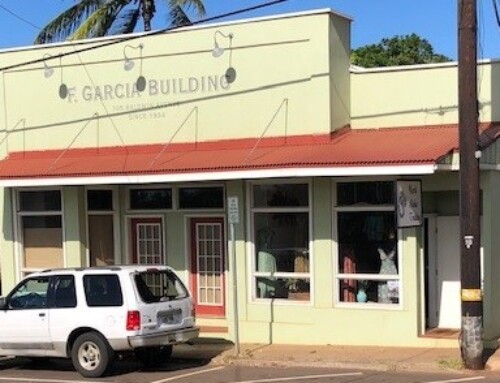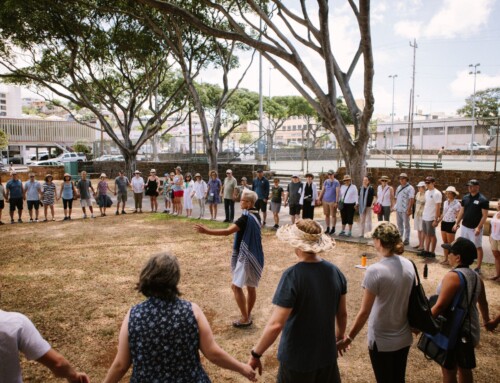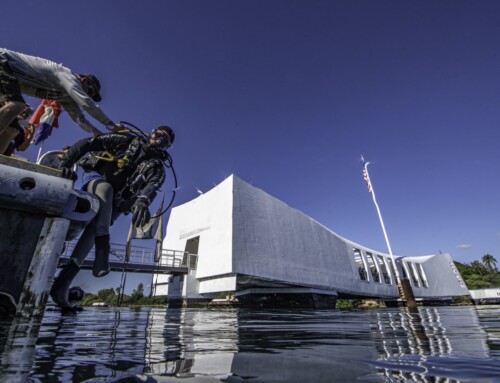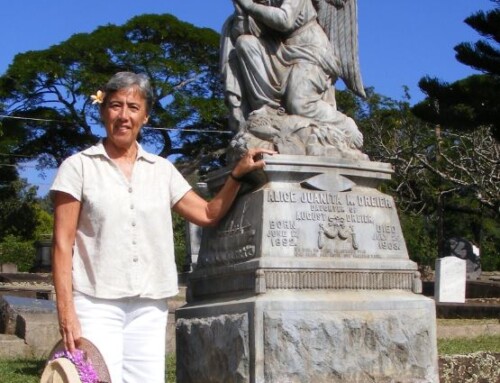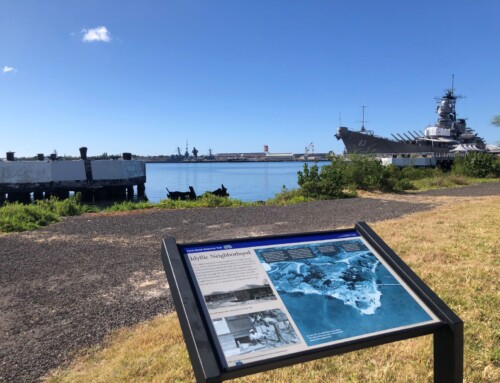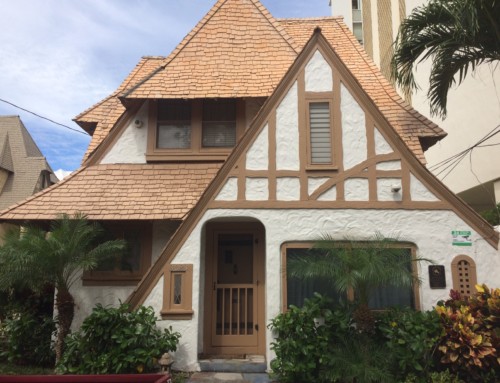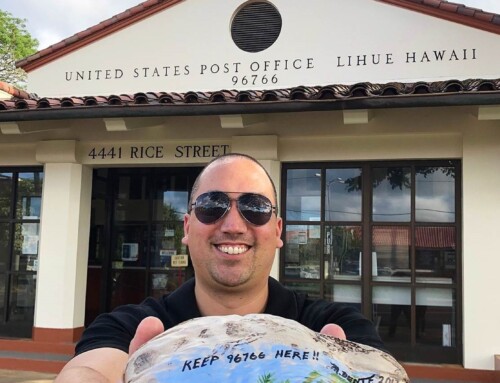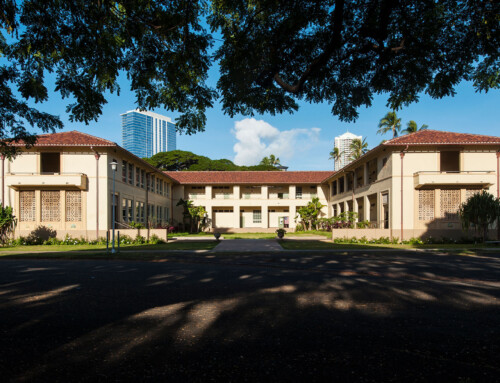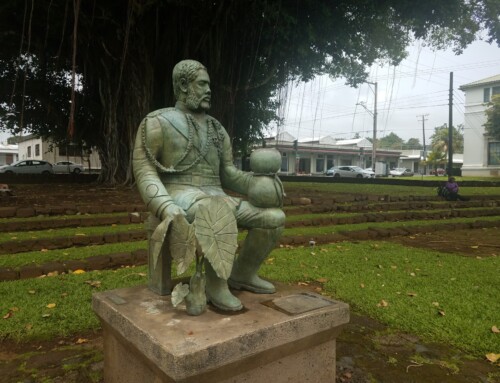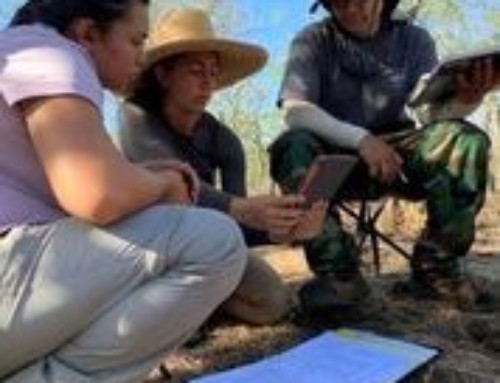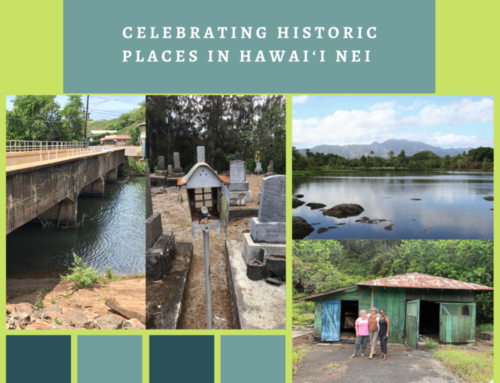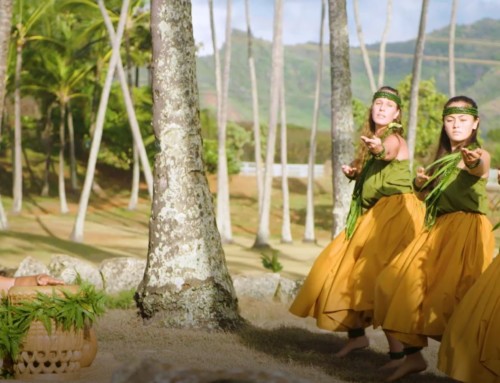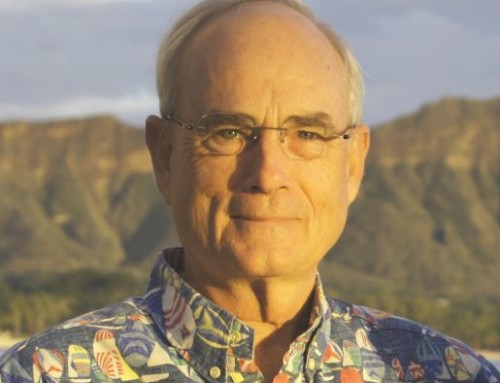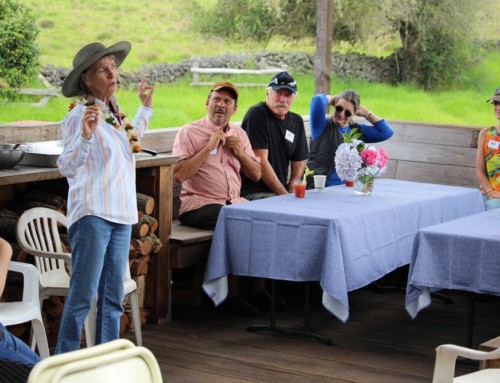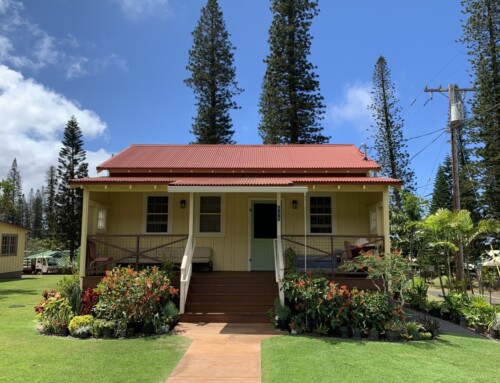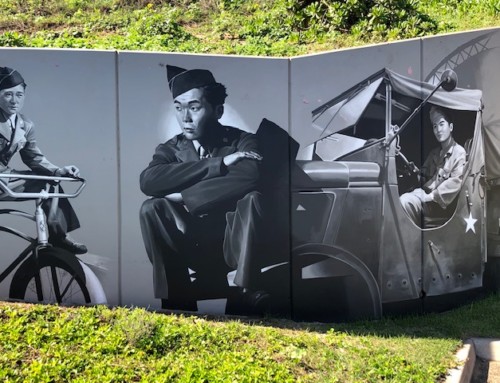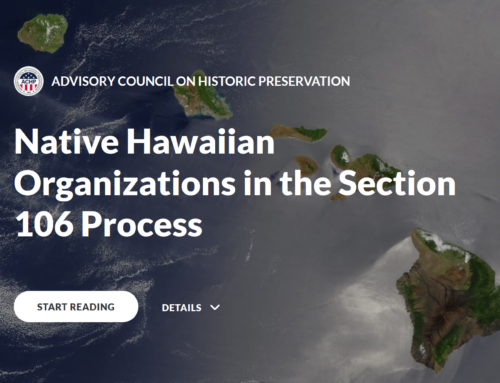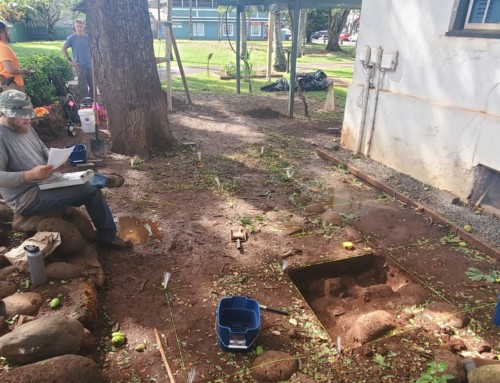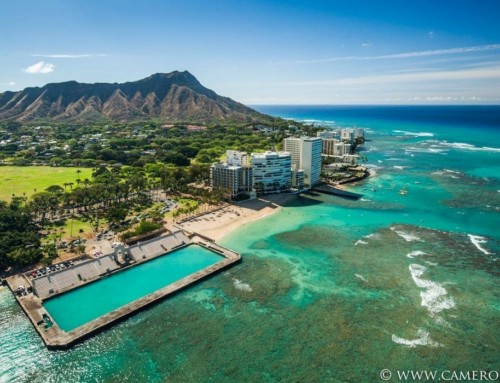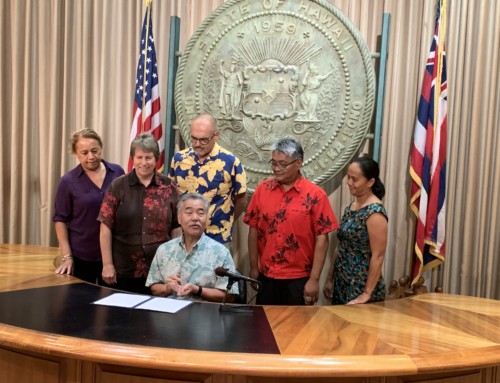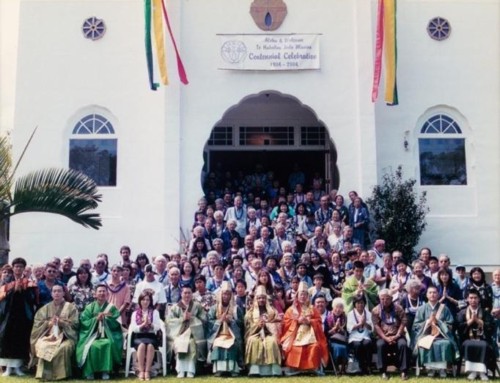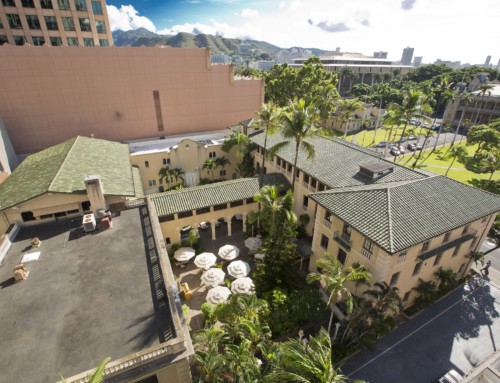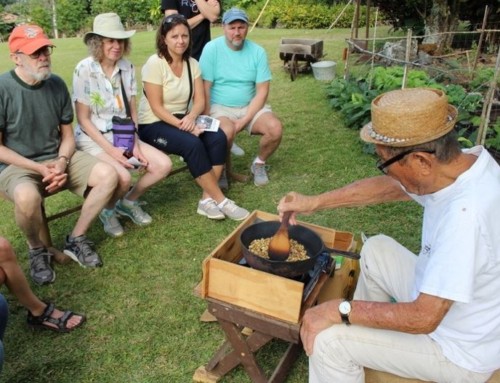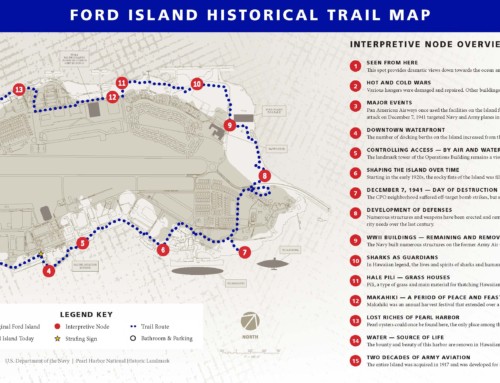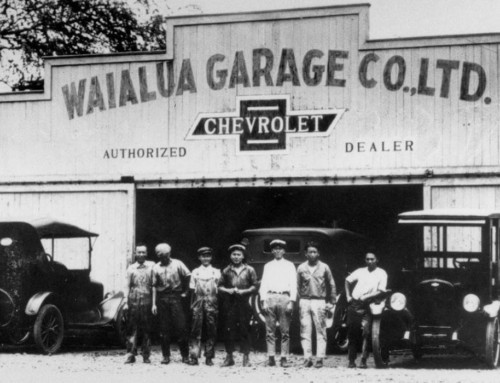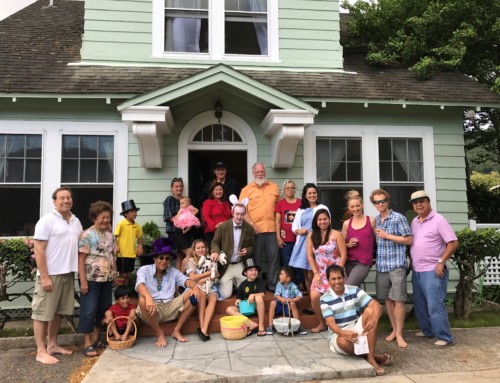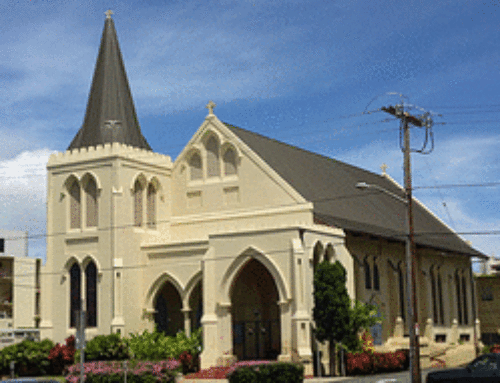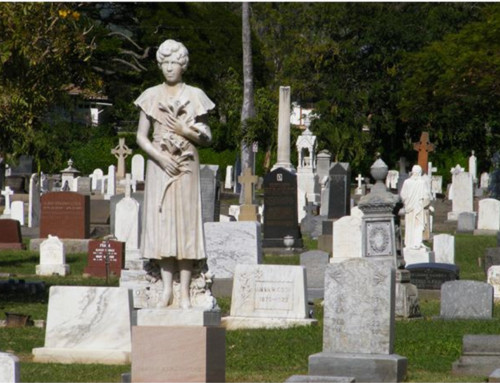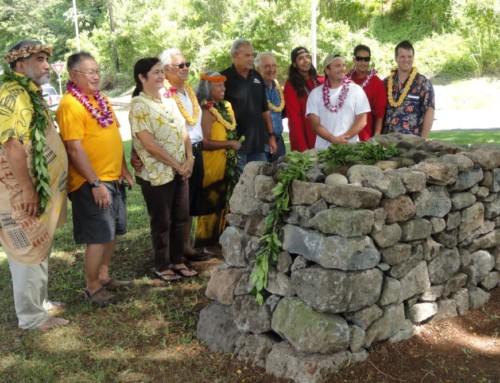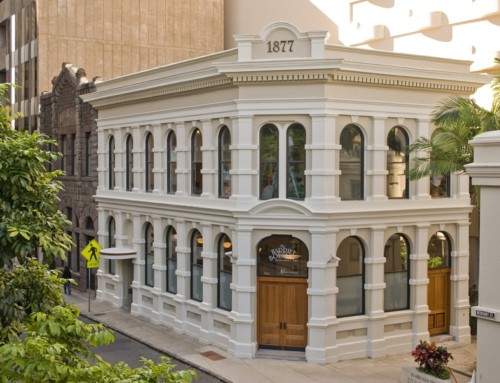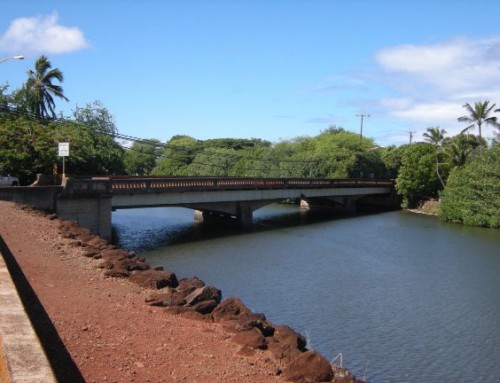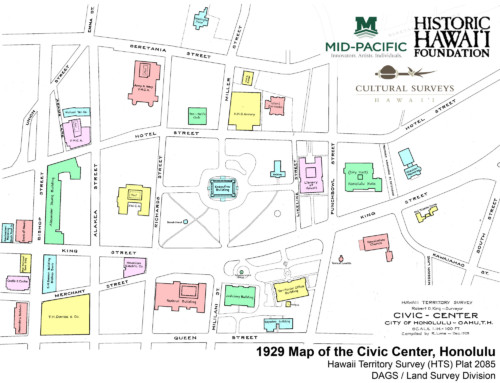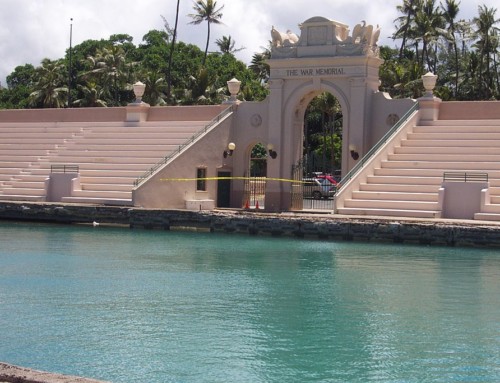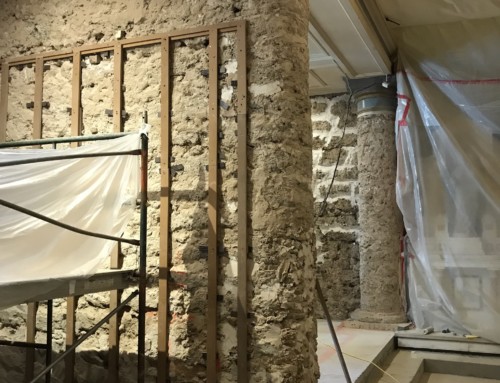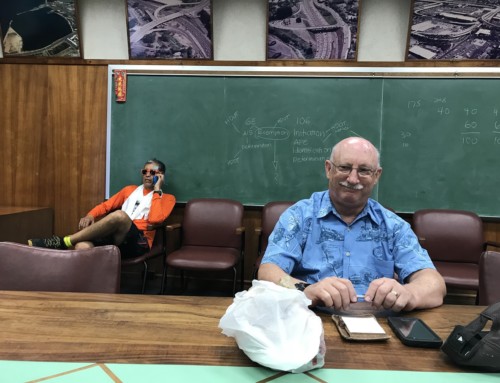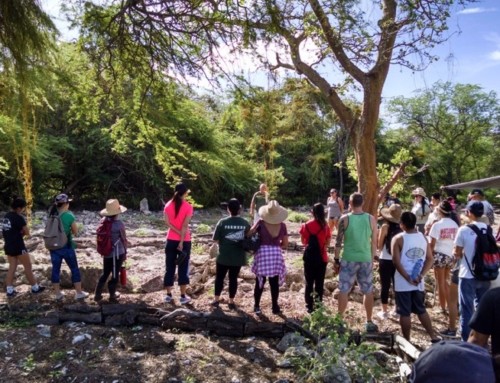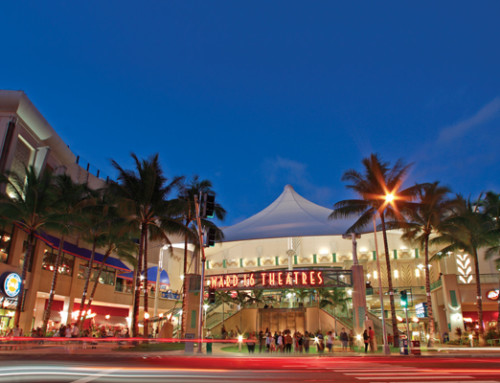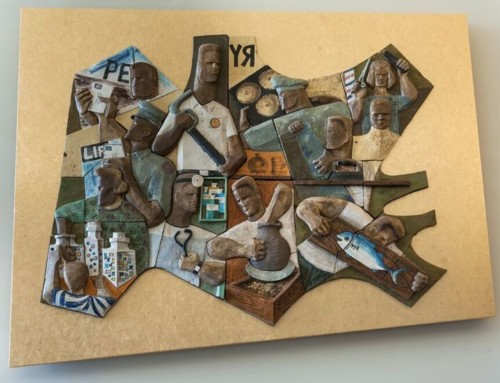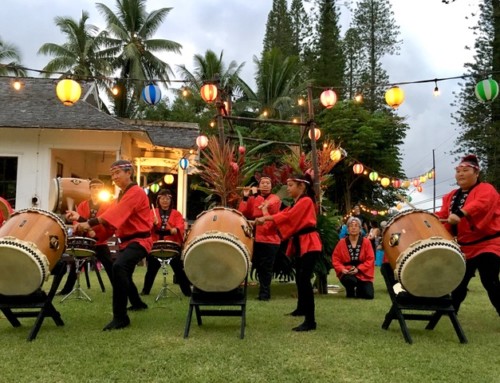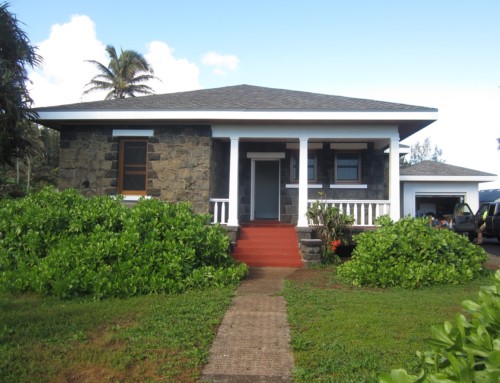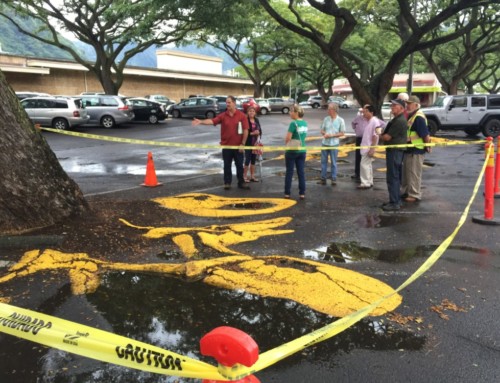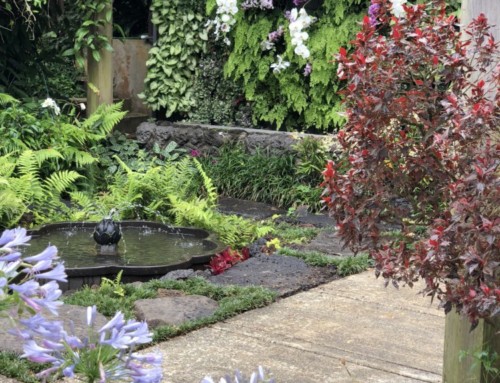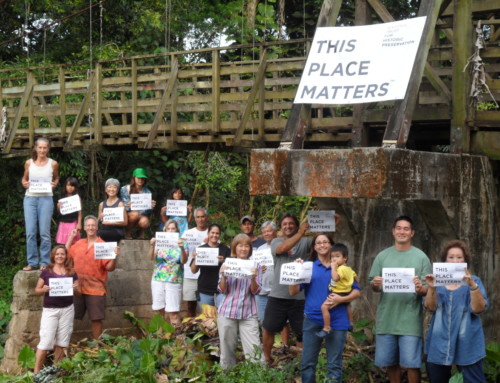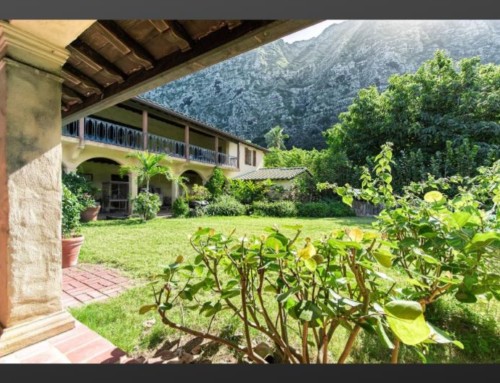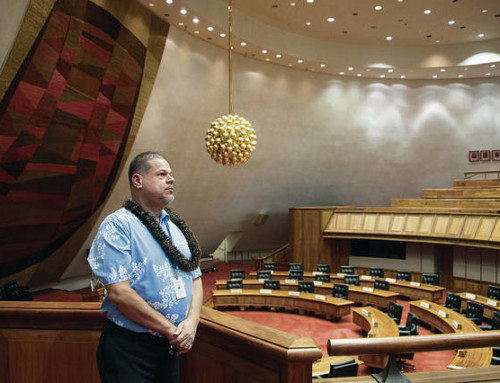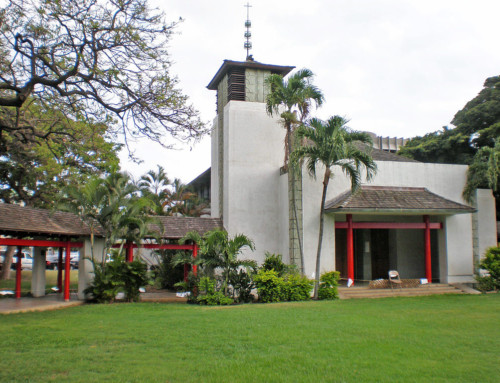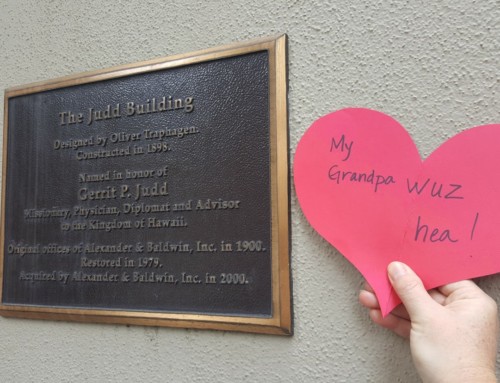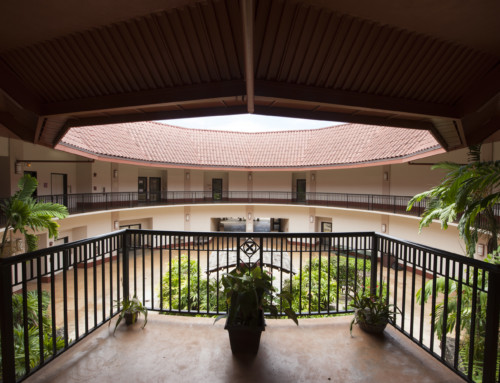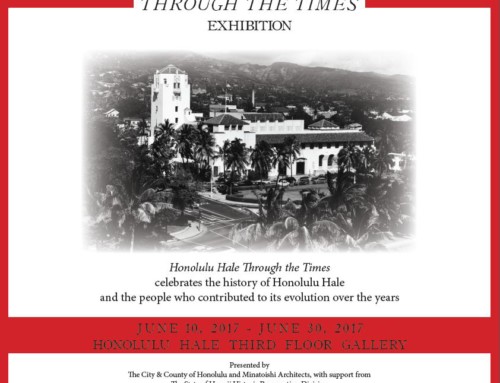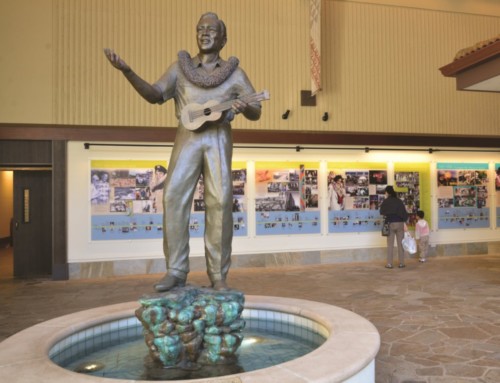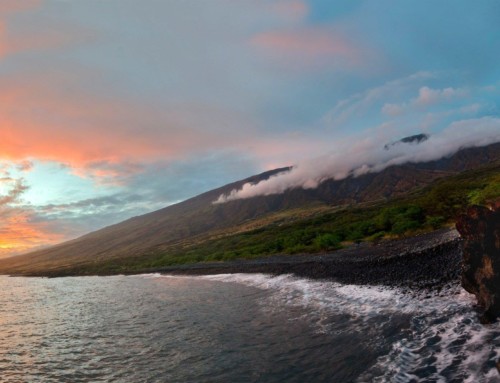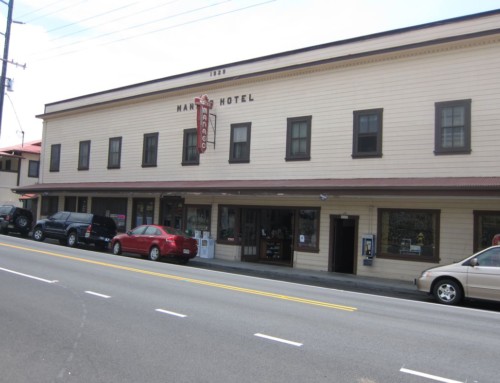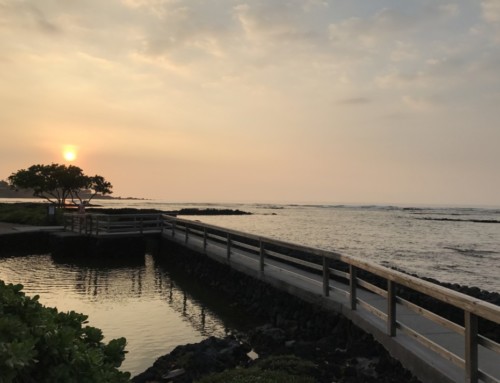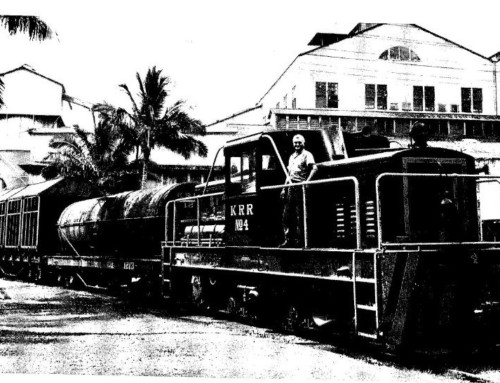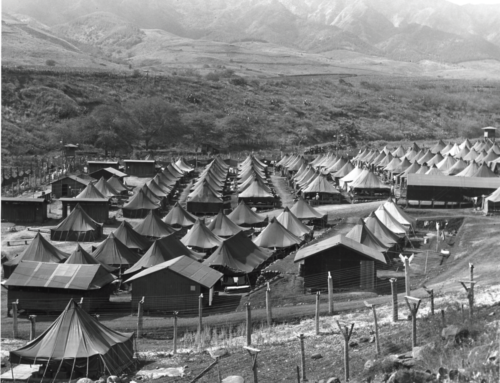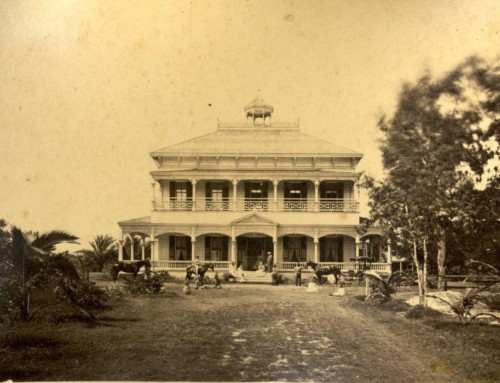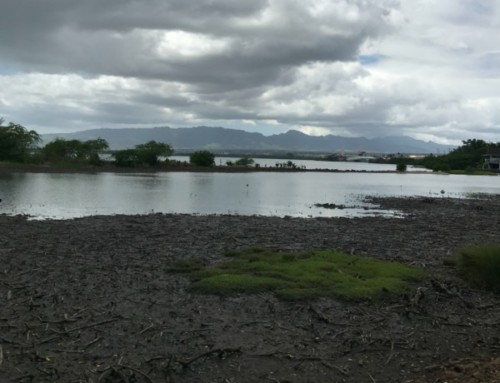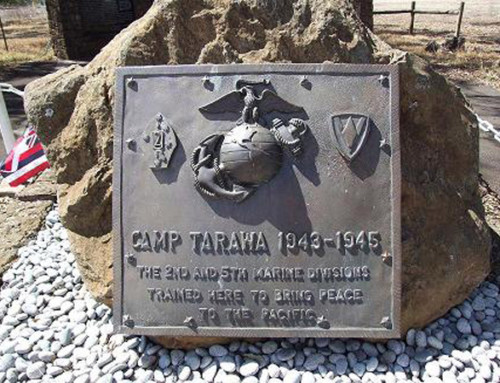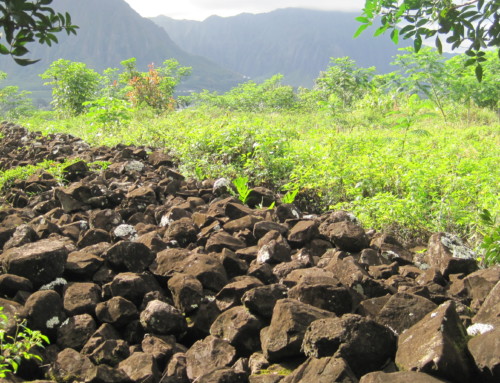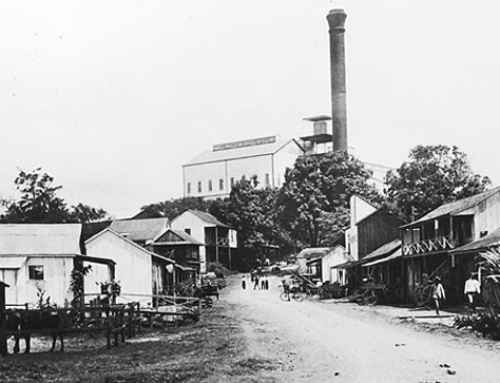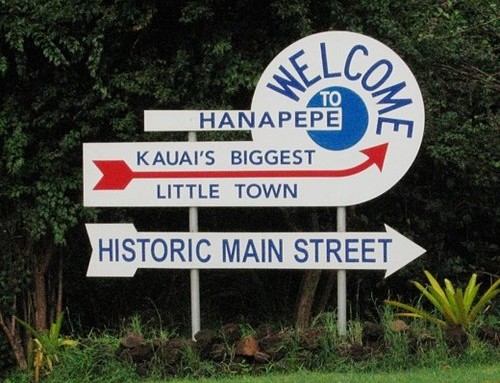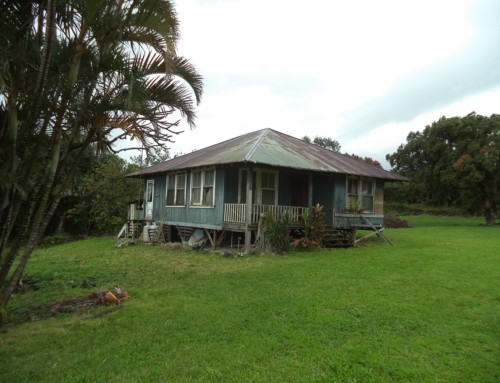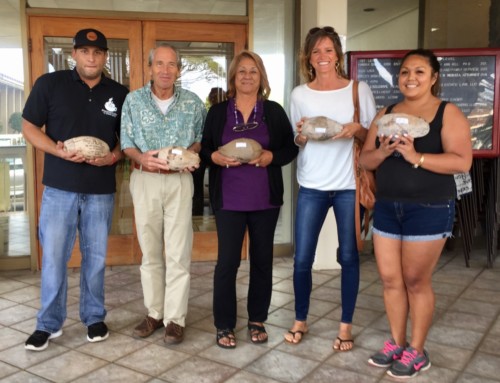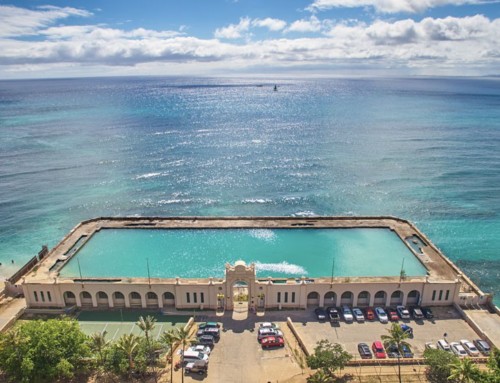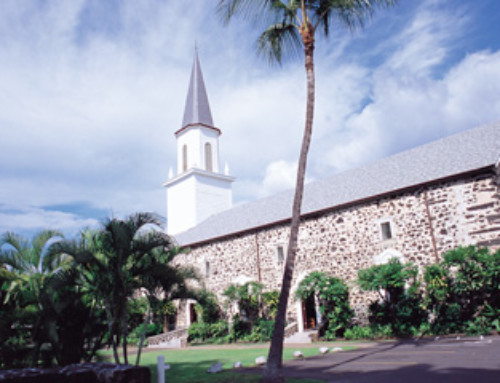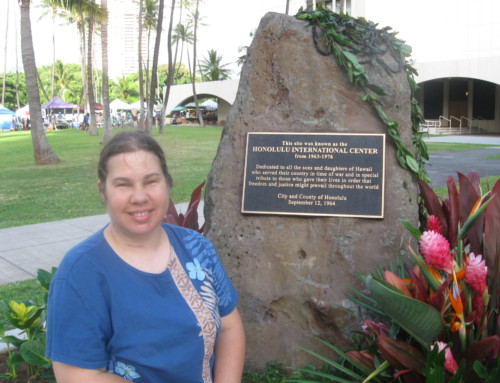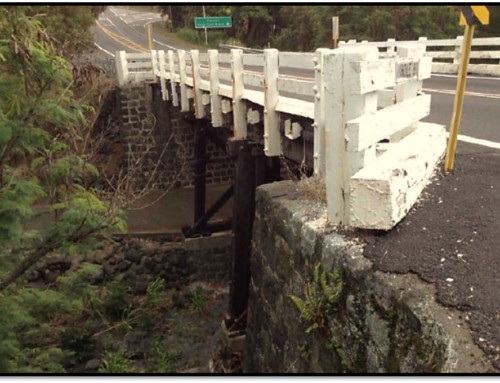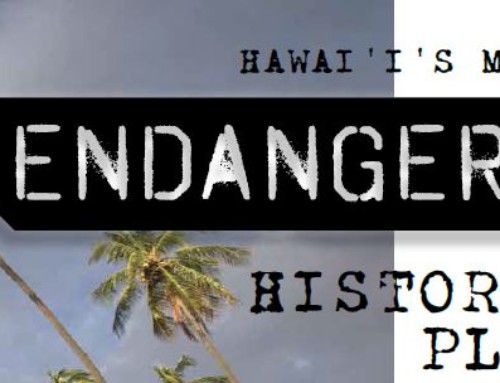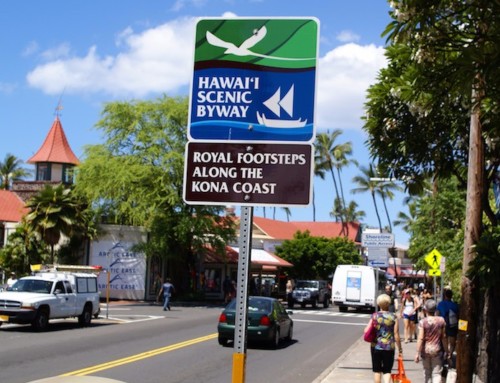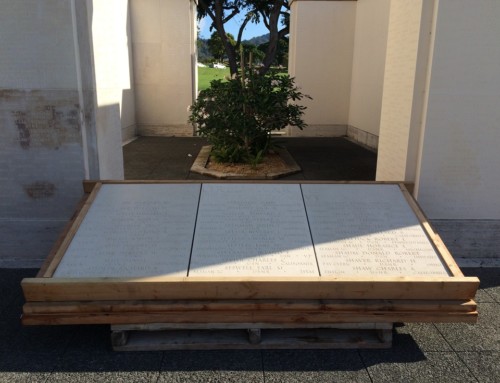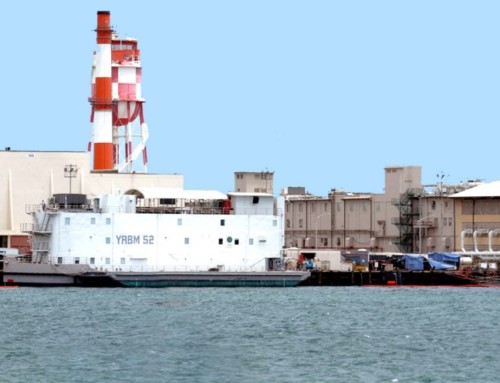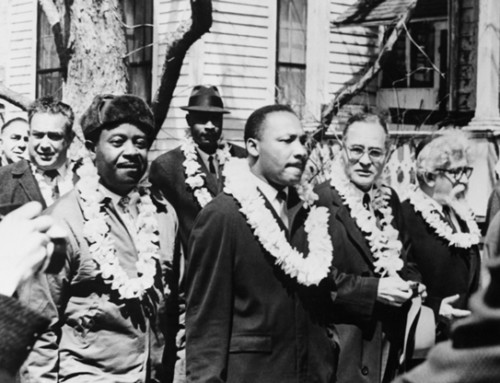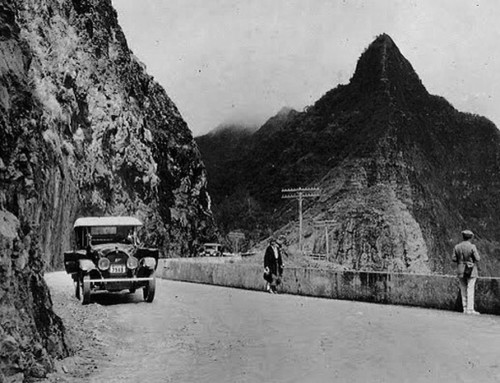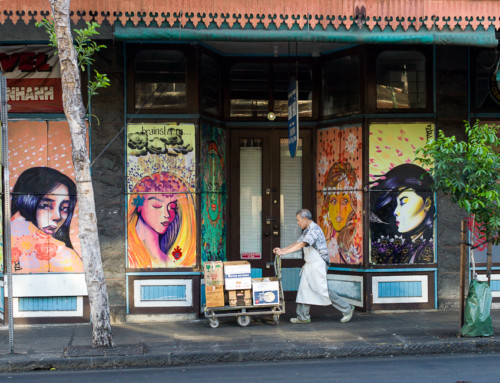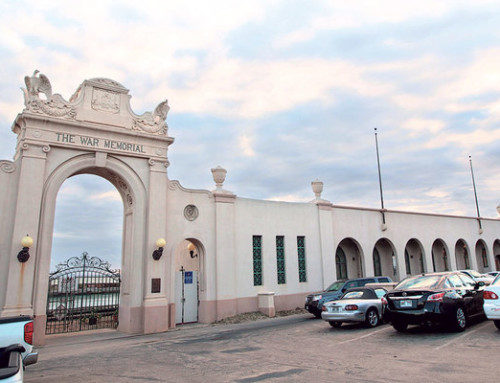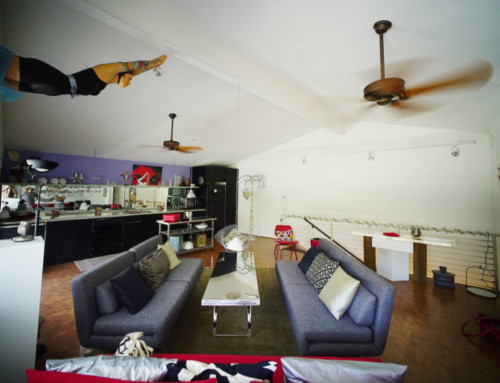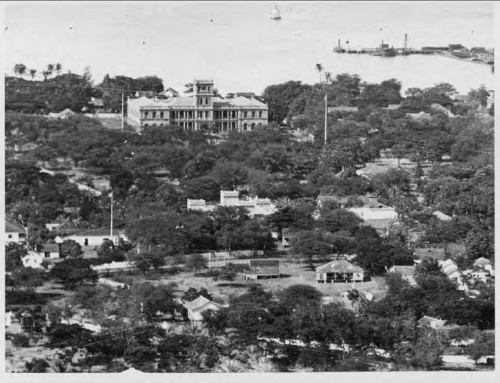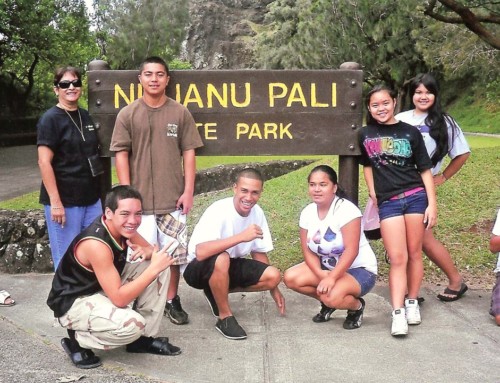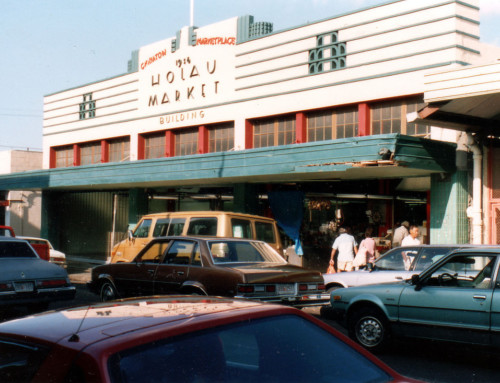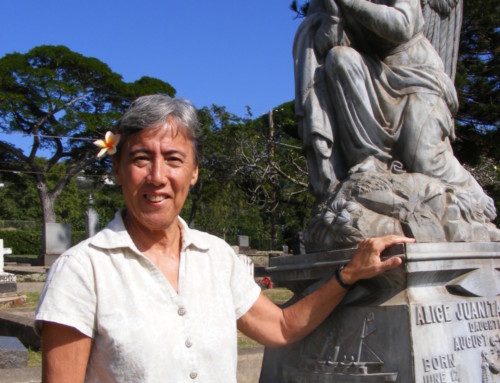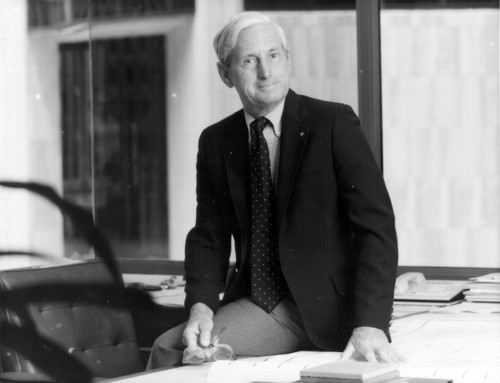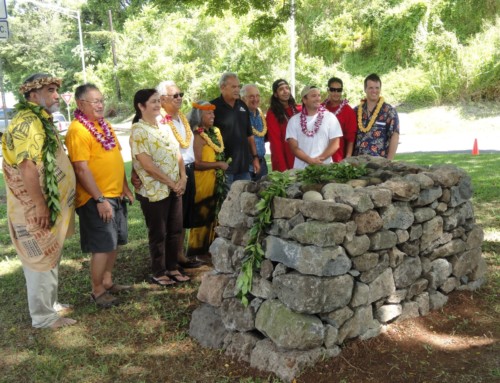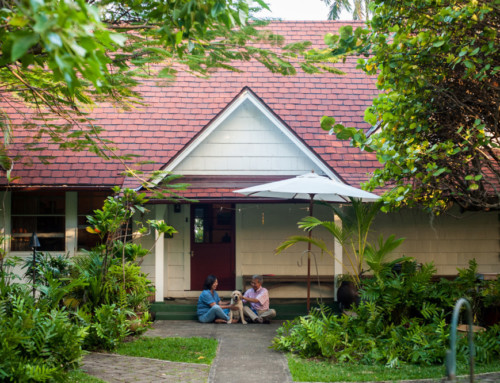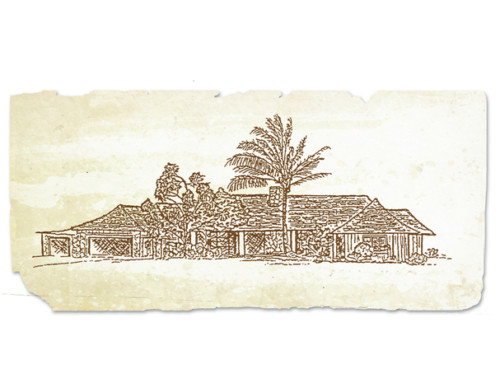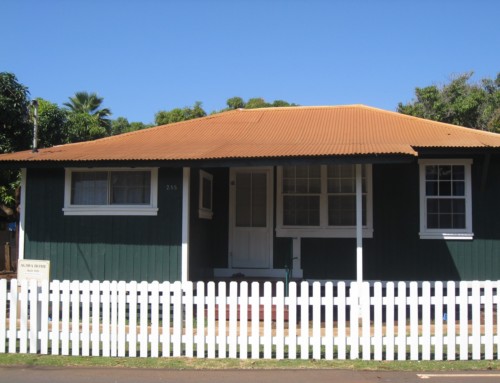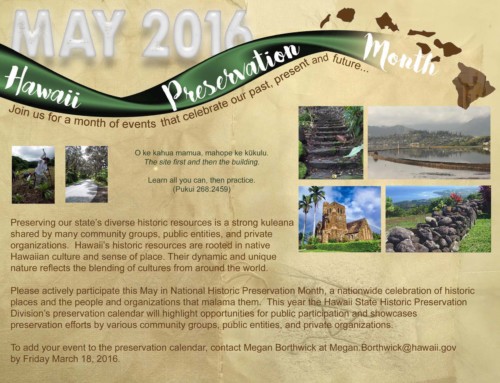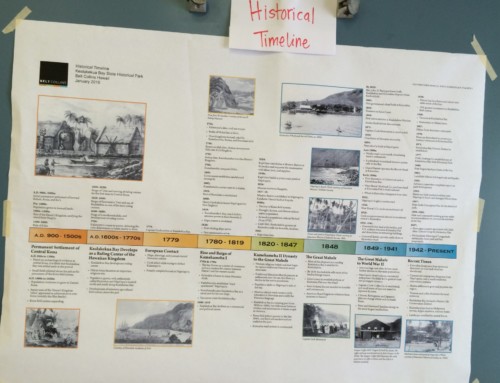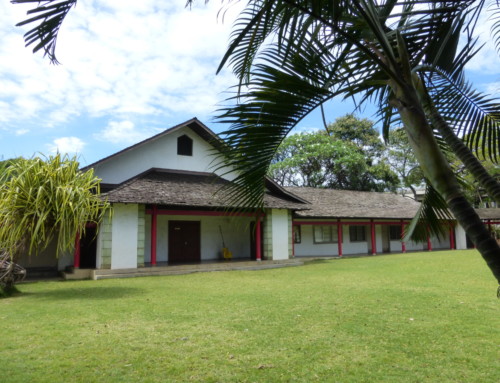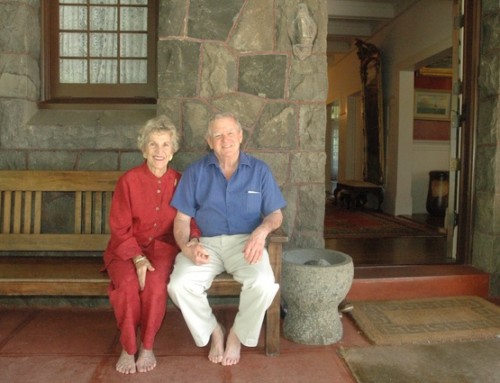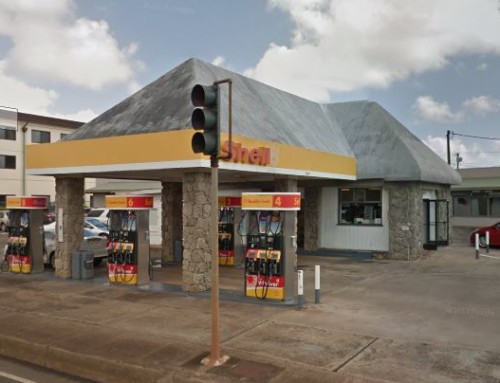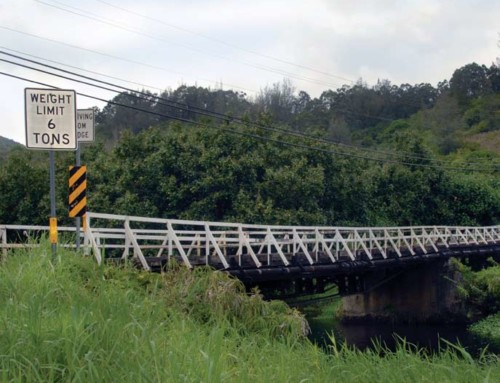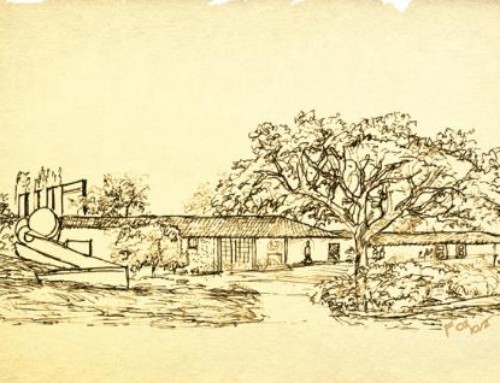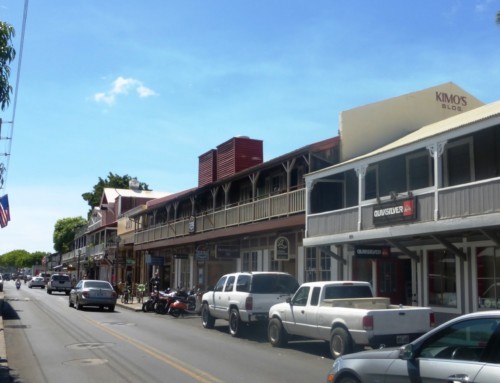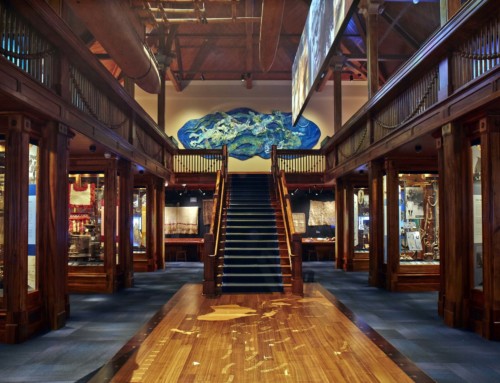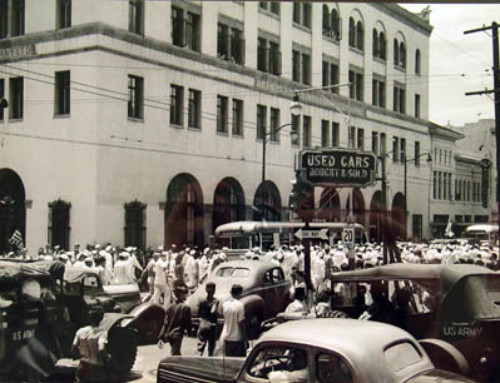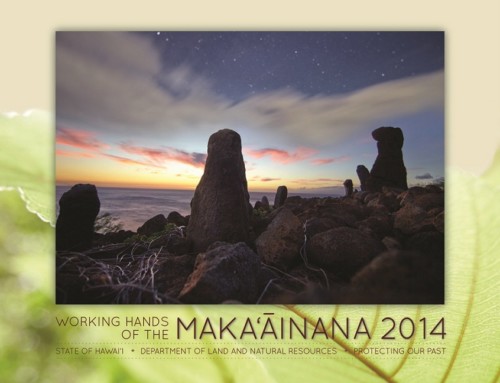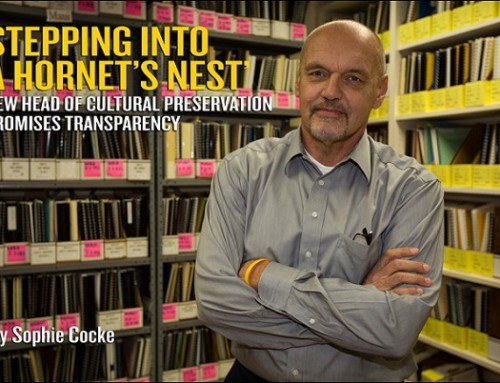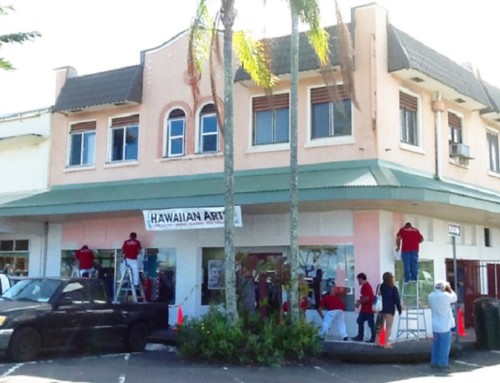Honolulu Star-Advertiser article: The Nutridge House
The historic residence, one of Tantalus’ best-kept secrets, becomes available to the public
March 16, 2014
By Steven Mark
The Honolulu Star-Advertiser
The macadamia nut has become one of those imports that Hawaii has adopted as a native product, and now people can enjoy the birthplace of the local macadamia industry — and have a terrific party there as well.
The Nutridge House, a rustic but lovely historic home located on the first macadamia plantation in Hawaii, is available for public events for the first time in its 92-year history. The state-owned property, above a steep slope in the Puu Uala¬kaa State Wayside park in the Round Top Preserve, has the views, environment and history that capture the romance and beauty of old Hawaii.
“I can’t tell you how many times I’ve had guests up here and I’ve gotten an email or letter saying, ‘It was the highlight of my trip,'” said Rick Ralston, who has lived on the property on a state permit since 1981.
The Nutridge House was built in 1922 for Ernest Van Tassel, who had come to the islands from Massachusetts to recuperate from an illness. Backed by his aunt Marjorie Merriweather Post, wife of the financier E.F. Hutton, Van Tassel obtained a state lease for the site and initially sought permission to farm it. When that was denied, Van Tassel did an end-run around the rejection.
“He said, ‘What’s my rent?’ and they said, ‘Your rent is to plant 100 forest trees per year,'” said Ralston, founder of Crazy Shirts and Rix Island Wear.
Van Tassel then went to a local agriculture organization and found “a forest tree with little round nuts on it from Australia,” Ralston said. “He said, ‘Give me a lot of them.'”
At its height the 22-acre plantation would have 9,000 trees yielding 8,000 tons of macadamia nuts a year for Van Tassel’s Hawaiian Macadamia Nut Co., but eventually he found the land too rocky to farm efficiently and relocated to Hawaii island, Ralston said. Still, Van Tassel made a thorough attempt at making Nutridge work, building cottages to house workers. In what must have been a noisy scene, he used gravity to do much of the harvesting work.
“They took corrugated roofing and curved it, with wood frames, and they rolled the nuts down the flumes and bagged them up,” Ralston said. Remnants of those flumes survive.
Old photographs show the property clear of heavy vegetation except for the macadamia trees. The forest has reclaimed most of the original plantation except for an expansive lawn below the house and a nearby field. The site is now getting daily maintenance from a live-in gardener.
The house, a modest two-bedroom bungalow, was designed by Hart Wood, who along with C.W. Dickey is considered one of the principal architects of Hawaii’s “golden age” of architecture. The pair designed such iconic buildings as the Alexander & Baldwin building and the First Chinese Church of Christ.
Ralston, who acquired the lease for the property through the previous leaseholder, has restored the home to its original charm. “I’m very much into historic preservation, and when I had Crazy Shirts, I had the funds to do this as a hobby,” he said.
By the time he moved in, time and the elements had wreaked havoc on the home. “There were trees growing in the roof, and the rainwater was pouring in and the catchment tanks were long gone,” he said. “It was top-to-bottom renovation, new roof and everything.” A few years later a major termite infestation was discovered, requiring another new roof and other work.
Now the house is simple but charming, with cedar shingles covering the exterior and hardwood floors inside. The living room has a high, vaulted ceiling and is lit by chandeliers, conveying a sense of Old World grandeur.
Ralston, who estimates he spent possibly $35,000 to $40,000 “two or three times” just in restoring the roof, got Wood’s original design documents to re-create the rough look of the exposed beams in the ceiling. “They’d rough them up to make them hand-hewn-looking, they’d char them over an open fire, and then they’d take a wire brush to take off the charcoal so the grain would show and give it some texture and character,” he said.
Over the years, a number of celebrities are believed to have visited the property, among them Clark Gable, Carol Lombard and Frank Sina¬tra, who came to enjoy the privacy and the commanding view of Pearl Harbor, Ewa and Kalaeloa.
DESPITE that illustrious visitor list and its place in history, the property has remained relatively unknown to the public. Hidden from view from the main road, “it was one of those weird secrets where it’s a very significant location,” said Curt Cottrell, assistant administrator of the Parks Division of the state Department of Land and Natural Resources. “It was one of those things where it wasn’t broken so don’t fix it.”
Over the last two years, DLNR has been evaluating its properties to see how they might generate income, Cottrell said, and an appraisal of the Nutridge property said it could be rented for more than $4,300 a month as a residence. His renovations costs aside, Ralston was paying only $600 a month rent to the state. After meeting with state officials, he was willing to step aside to let the state take over.
The state has contracted with Discover Hawaii Tours to run the site for a year, which will give the state time to evaluate its earning potential, Cottrell said. By having a yearlong permit, the state was able to negotiate directly with a management company rather than put it out for bid, he said.
Discover Hawaii Tours was willing to pay the recommended rent to the state, plus it already had experience running tours up to Tantalus, Cottrell said. “They already knew about Nutridge and its value,” Cottrell said. “They have properties in Maui where they do this exact same thing on the Hana Highway.”
Discovery Hawaii Tours also was preferred because it has a fleet of shuttles. Parking is limited at the site.
A few events have already been held at Nutridge, which rents for $2,500 a day, catering and entertainment not included. Plans include path¬¬ways around the grounds and some development of the garden, but no major change is expected, said Alan Wolen¬sky of Discover Hawaii Tours.
“We don’t want to ruin it,” Wolensky said. “Out of respect for what Rick’s done for all these years, the last thing we want to do is do anything, not one little thing, permanent.”
Plans also call for a small stage at the base of the lawn area, below the main house, to pre¬sent some light entertainment that would be for the general public, said Frank Among of Discover Hawaii Tours. “We’ll probably do that once a month,” he said. “And we’ll have movie night, too.”
Cottrell said the state does not want the original house itself to become a focal point for gatherings — the site includes two structures that can be used for meetings — but he said it may also be possible for newlyweds to spend the night there.
“As an overnight accommodation for a wedding, it would make sense that the party’s there, and then everyone leaves, and the bride and groom get their night with the fireplace and it’s just the two of them.”
Kelvin Ro of Diamond Head Market and Grill, one of Discover Hawaii Tour’s preferred caterers for the site, said Nutridge will provide “a unique niche in the forest” for private parties, corporate events and weddings.
“There’s no other venue like this that I can think of — just the romance of having dinner out here in the forest,” he said.
After all his restoration work at Nutridge House, Ralston, 72, has no misgivings about leaving.
“I had a lot longer here than I thought I ever would,” he said. “My goal was always to make it beautiful and have it ready for the state whenever they had a use for it. Personally, I was lucky that for 30 years they didn’t.”
___________________________________________________________________________________________
Historic Hawaii Foundation 1974~2014 ~ Celebrating 40 years of preservation in Hawaii!
We’re Social! Like us on Facebook Follow us on Twitter
Sign up for our E-news for the latest on preservation-related events, news and issues here in Hawai‘i & beyond.


